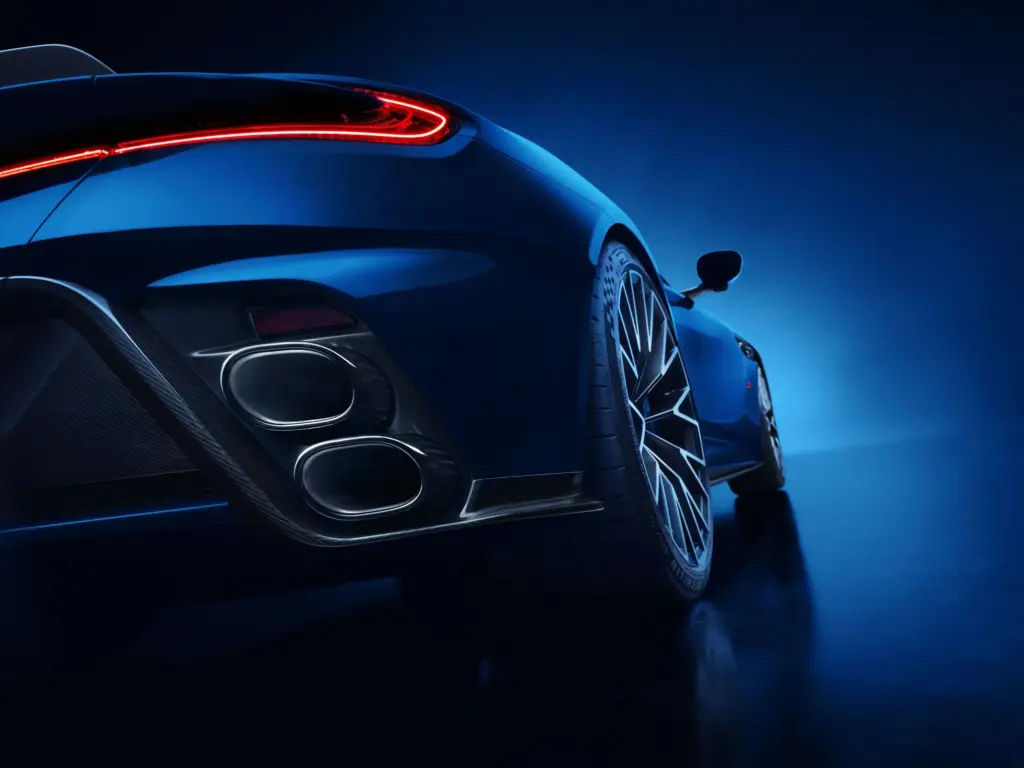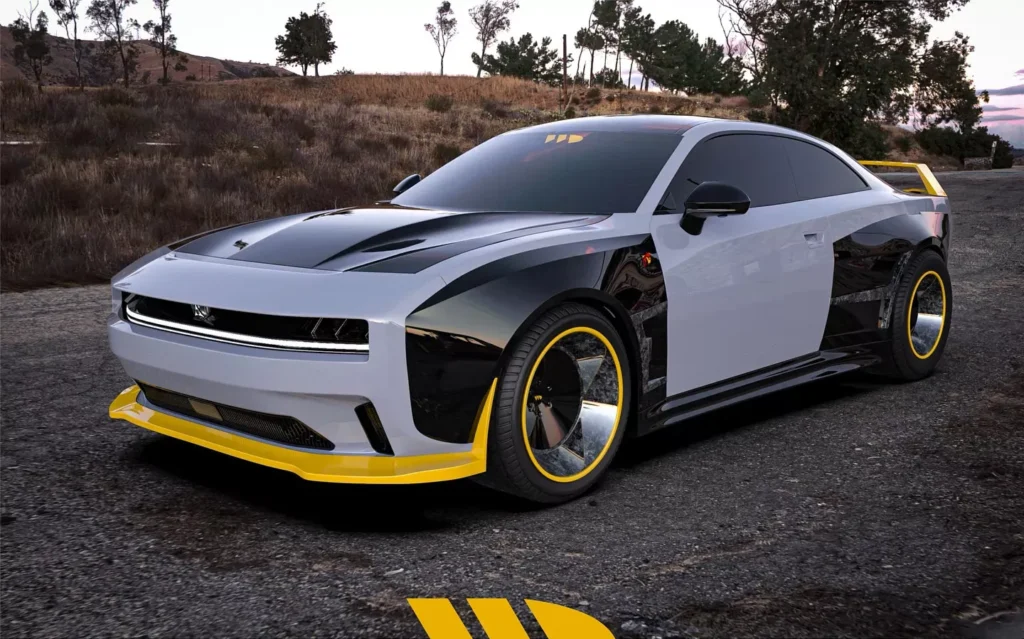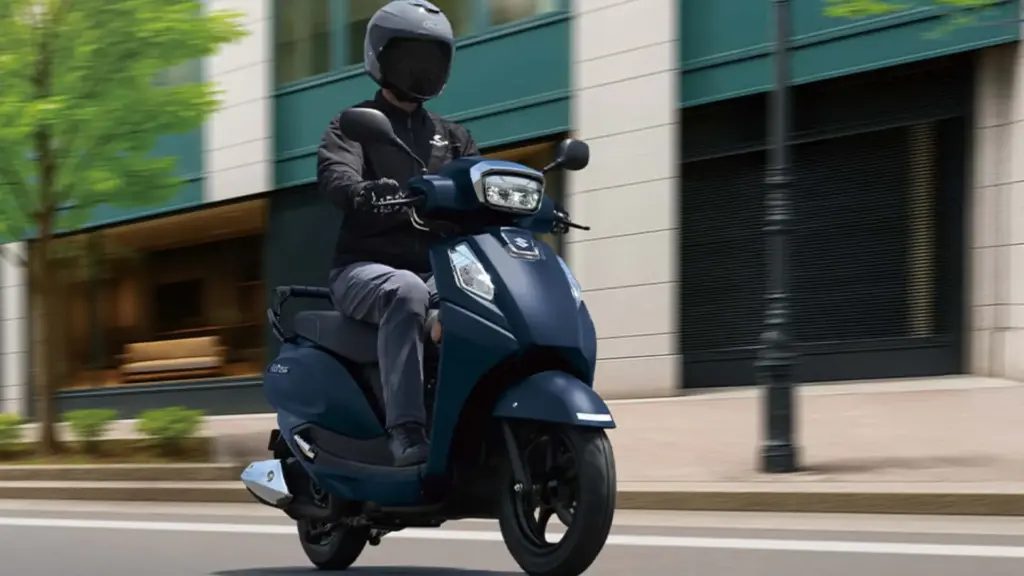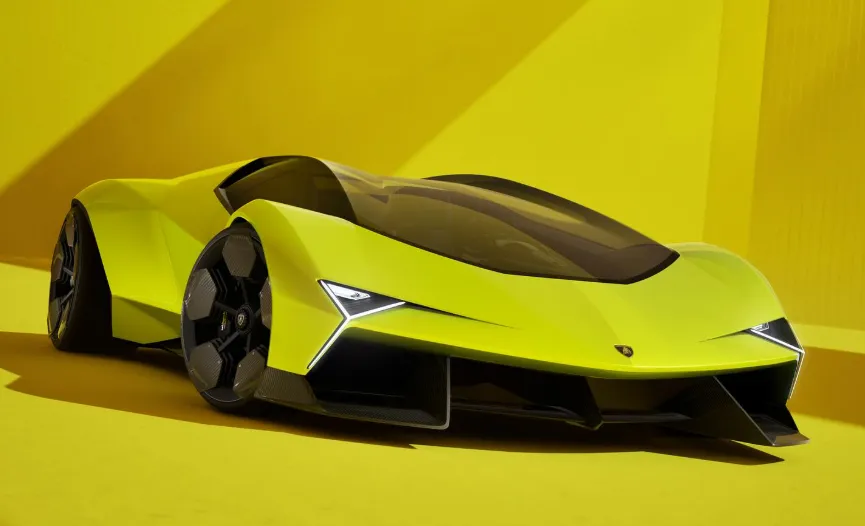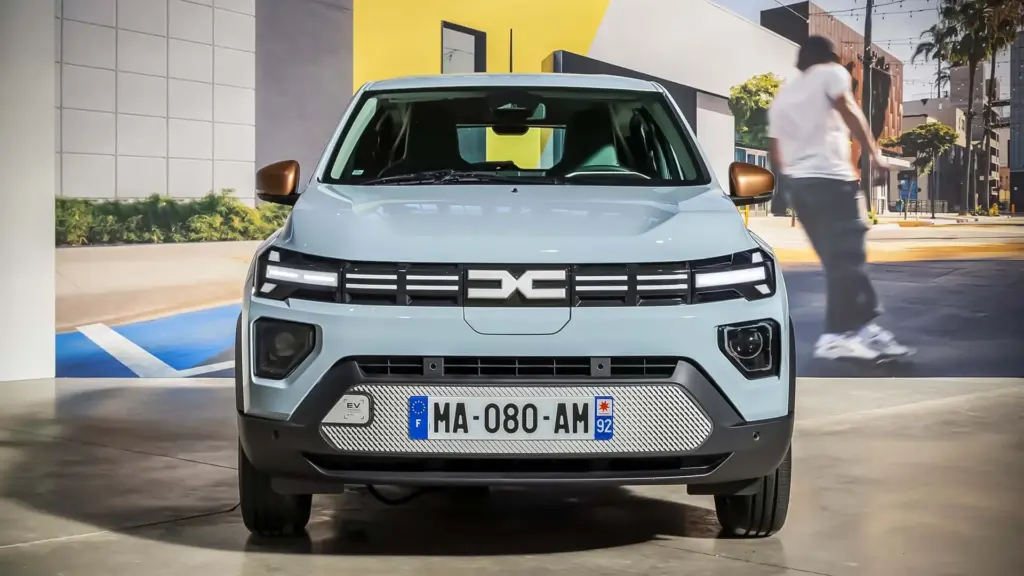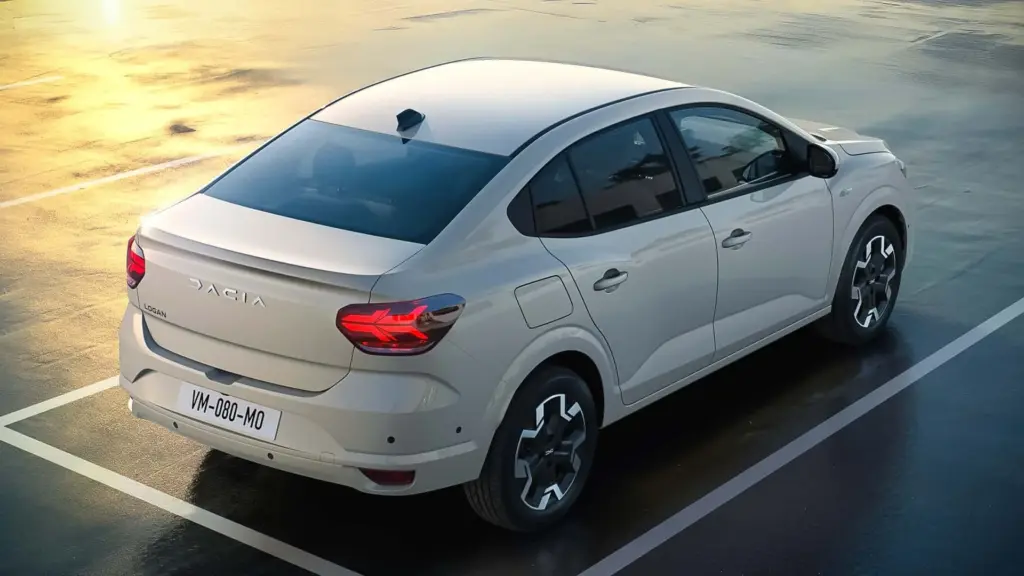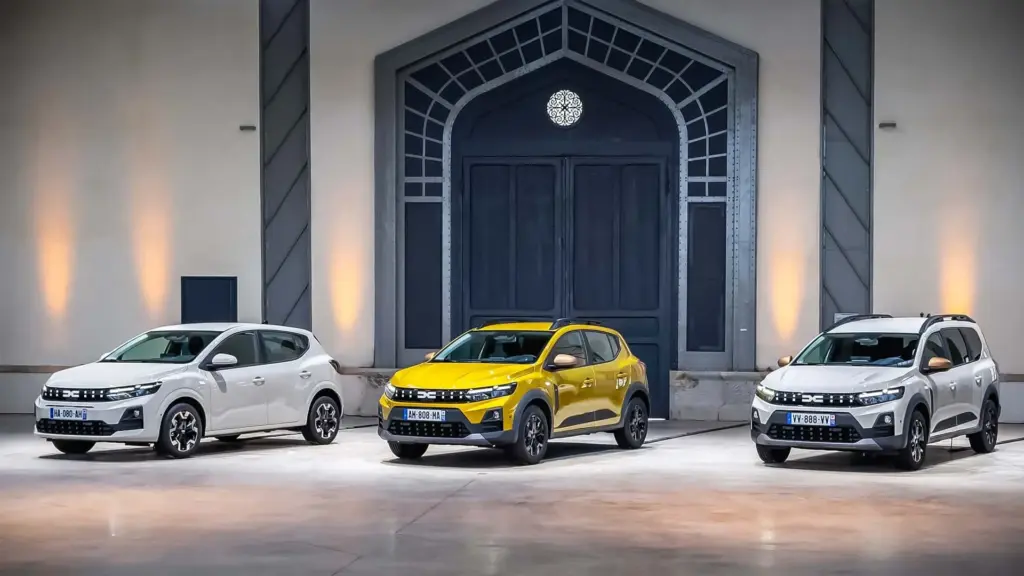Imagine spending a small fortune on a custom-made hypercar, only for it to leave the factory “destroyed” on purpose — like ripped jeans, but for those who change cars as often as they change watches. That’s exactly what Pagani decided to do with the Utopia “The Coyote”: a monster on wheels, with a look that suggests it survived the Le Mans inferno, but will probably never even hit a truly dirty road.
Why is the Pagani Utopia “The Coyote” getting so much attention?
The luxury crowd always seeks exclusivity, but Pagani went further. “The Coyote” was born with a bold proposal: to sport a paint job that mimics extreme wear, fake scratches, and details suggesting battles on legendary tracks. The problem? It’s all makeup. I look at it and think: couldn’t they have hired a real artist? From a distance, it looks like someone scribbled on the fender and called it art.
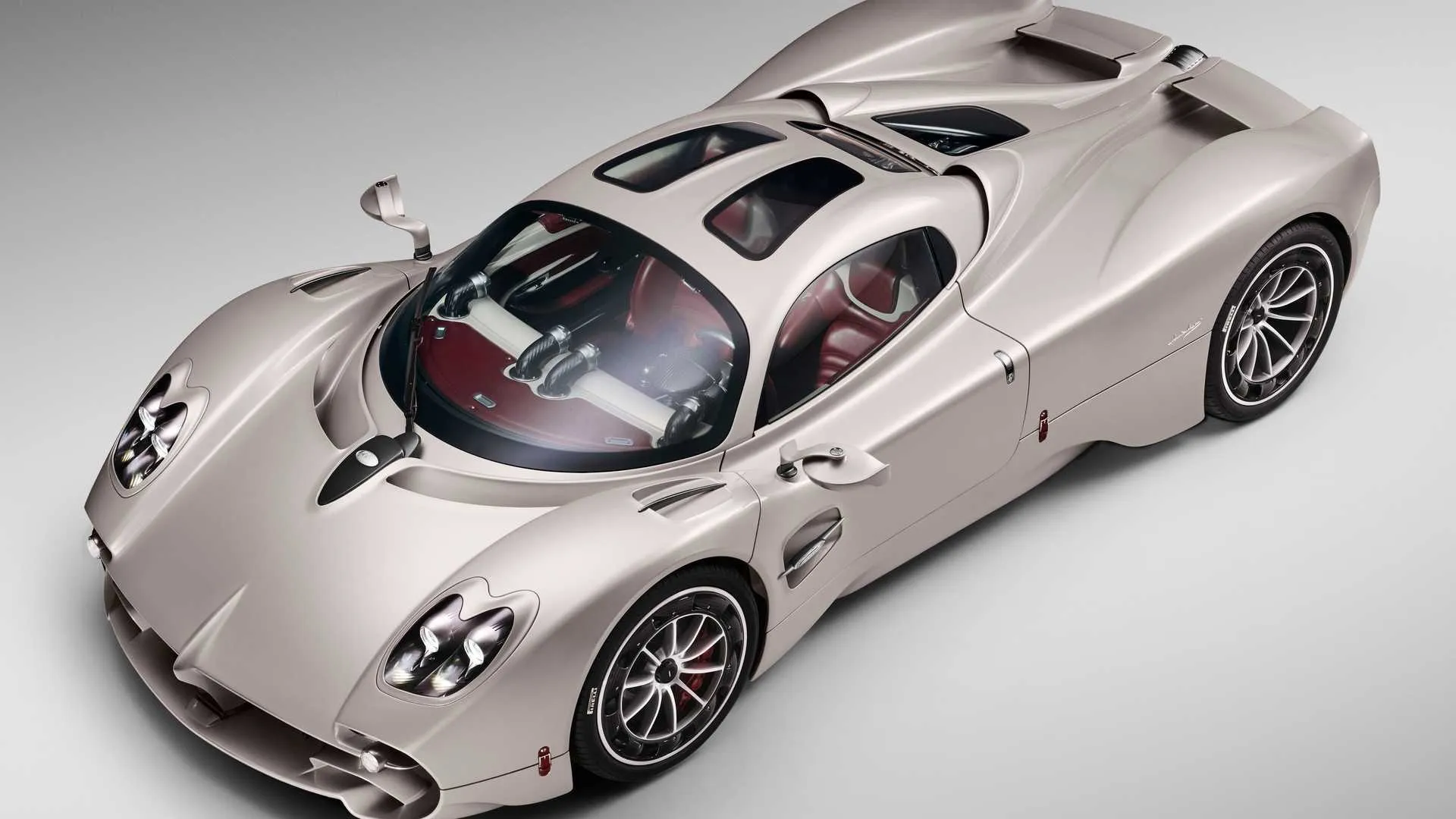
The premise is to be “alive, imperfect, untamed,” as the manufacturer itself described. From a technical standpoint, it’s still a brilliant car, but this trend of forcing a “used” look just reinforces how personalization has currently become almost a pointless display of wealth. By the way, if you enjoy seeing innovations and comparisons of electrified cars, it’s worth checking out this complete analysis of the 2026 Hyundai Kona Hybrid, an example of a trend opposite to what the Utopia represents.
Is the “wrecked” look innovation or just soulless trend?
I’ll be direct: for me, it’s pure trend. It’s like those expensive sneakers that come dirty, but no one dares to step in real mud. The look is inspired by classic track cars, with blue and red stripes reminiscent of vintage Porsches, but with plastic lacerations simulating burnt surfaces — as if Wolverine had left his mark for the foreigners to see.
Deep down, what’s irritating is knowing that this Utopia will never see actual track dust or real stone chips. And there’s more: unlike what you see in real endurance racing, where cars arrive filthy, with dirt, oil, and some dents, this Pagani looks more like a live Photoshop creation than the result of a real battle (check out actual endurance images from sources like the official WEC channel).
Why do millionaires reject electric hypercars? Does the Utopia case explain it?
Not every innovation excites those who can afford it. The Utopia itself, in its initial plans, was supposed to have an all-electric version. But guess what? They invested heavily in the project, showed it to clients, and nobody was interested. The brand’s official response is shocking: “zero interest.” The emotional attachment to the V12 engine — that beastly roar, the raw gear shifts — is worth much more than any immediate electric torque for this crowd. The same drama faces brands like Koenigsegg, Rimac, and Maserati, which have either canceled or postponed electric launches of their super-exclusive hypercars.
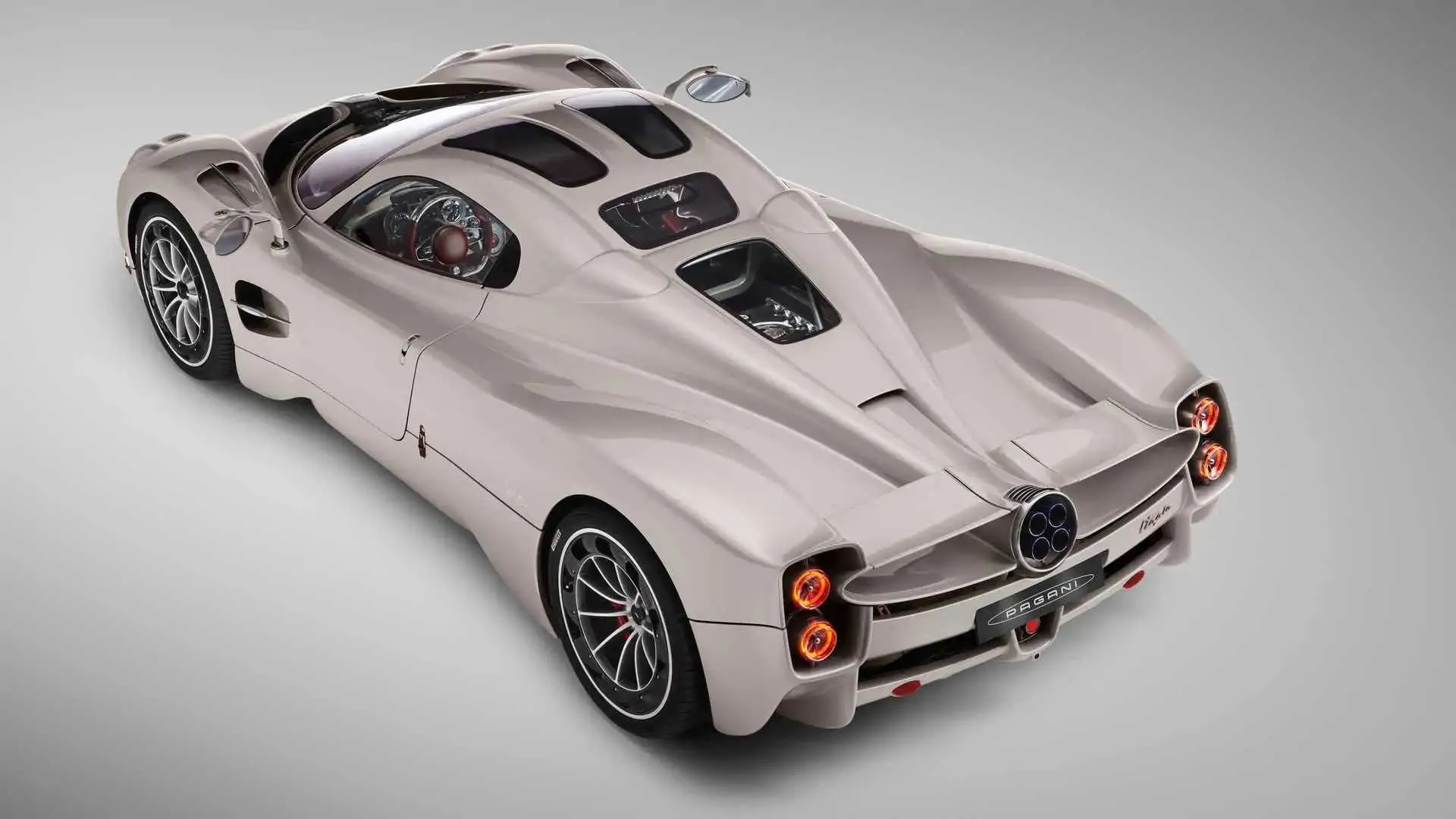
The Utopia buyer wants something that engages the senses and the ego, not just cold performance numbers or “sustainability” on paper. While some electric cars deliver similar performance for a fraction of the price — take the 2025 MG4 EV and other global electrics — for those paying several million, the symbol and emotion still reign supreme.
Which competitors still try to challenge Pagani’s exclusivity?
Among the few rivals capable of matching Pagani in customization and performance are heavy hitters like Ferrari, Lamborghini, and of course, Rimac’s exotic electrics. But notice: while some of these even try to capture the new elite with design and innovation, most continue to bet on “old school” engines. No one there wants their hypercar mistaken for a silent, supermarket electric sedan, no matter how good the 0-60 mph time is.
On the attribute list front, we’ve compiled comparisons to make life easier for those thinking of investing in (or dreaming about) these million-dollar toys. Oh, and if you enjoy extreme speed, see how an electric car like the Rimac Nevera R has broken over 24 records and challenges traditional performance concepts.
Comparison: Pagani Utopia vs. Key “Elite” Competitors
- Pagani Utopia: Naturally aspirated V12, 0-60 mph in 2.8s
- Ferrari SF90: V8 Hybrid, explosive performance, less purist
- Lamborghini Revuelto: V12 Hybrid, radical design, but more technological
- Rimac Nevera: Fully electric, insane torque, absence of “analog” emotion
- Koenigsegg Jesko: Extremely high speed, cutting-edge technology, little handcrafted soul
What to expect from the future of the Utopia and other handcrafted supercars?
The automotive industry is under pressure to electrify even luxury toys, but the ultra-premium clientele is stubborn. The next Utopias will likely continue to rely on the V12, as even established suppliers like AMG guarantee worldwide engine homologation until the next decade, even amidst confusing regulatory scenarios.
Many clients don’t even consider giving up the visceral roar for “eco-friendly” innovation. Just to give you an idea of how top brands try to balance tradition and novelty, explore this technical article about the Pagani Huayra Codalunga, which also elevates the level of madness and exclusivity.
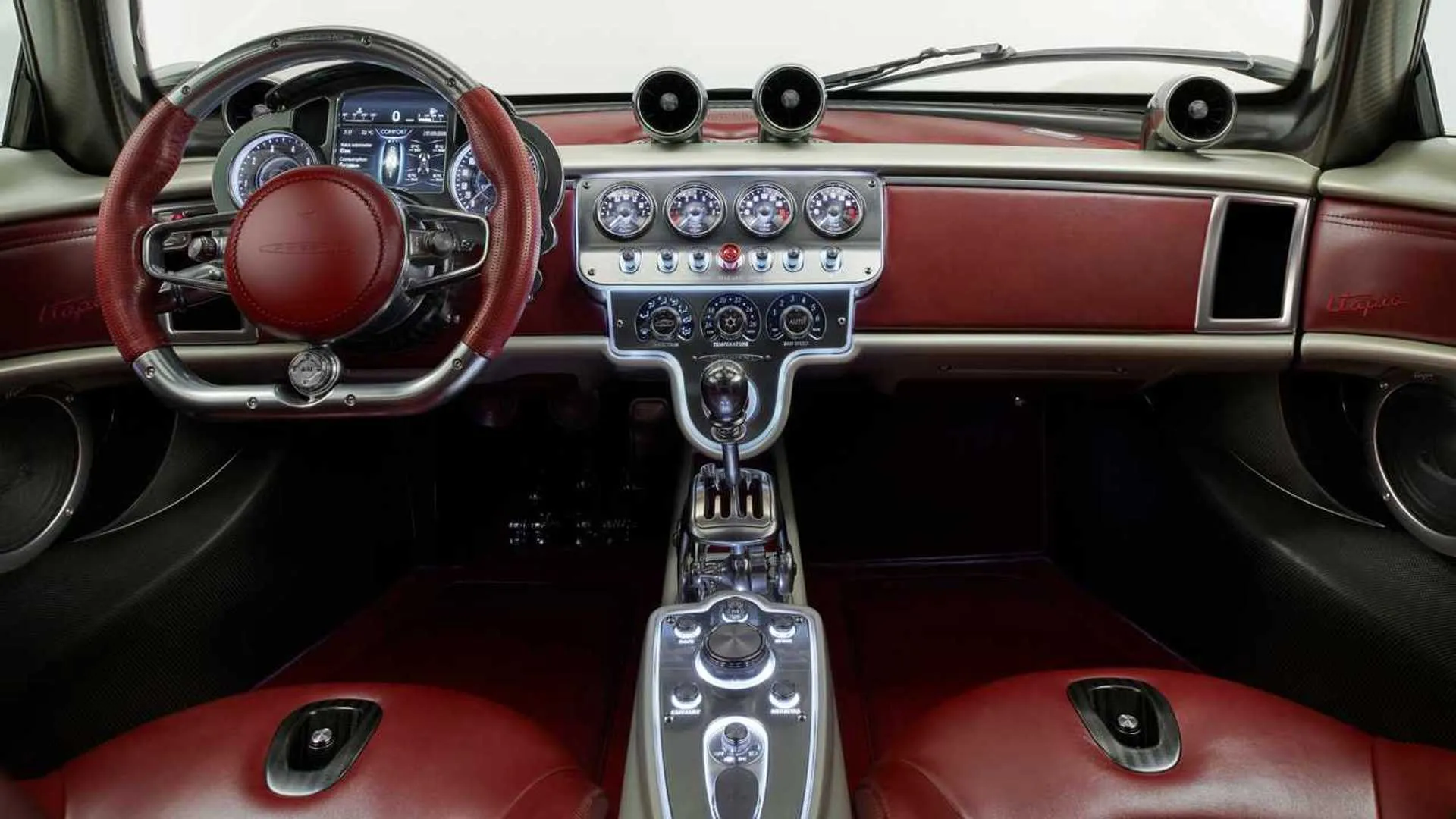
Frequently Asked Questions about the Pagani Utopia “The Coyote” and luxury hypercars
- Is this Pagani “The Coyote” truly inspired by classic race cars? Yes, but the wear is artificial, created to give it an appearance of extreme use and exclusivity.
- Why does the public reject electric hypercars, even with incredible performance? Because they lack “soul” — the sound, the feel, and the character of a good V12 are irreplaceable for this select niche.
- Does Pagani plan to abandon combustion engines? Not in the coming years. The brand is betting on the visceral exclusivity of the V12, with homologation guaranteed for about a decade.
- Which electric cars truly threaten the reign of combustion hypercars? The Rimac Nevera R comes close in numbers, but not yet in emotional factor.
Controversial Summary: Is “The Coyote” a hypercar that deserves respect or just another expensive marketing piece?
- The artificial visual may divide opinions, but it grabs everyone’s attention
- Combustion engines still reign supreme in the ultra-rich elite
- Extreme customization is more about status than real performance
- Electric hypercars face resistance, even when showing absurd numbers
- Exclusivity and emotion remain the main differentiators
Look, my honest opinion? If I had the money for a Utopia “The Coyote,” I might prefer to spend it on something with real scars. But I respect those who bet on fake art just to avoid being confused with another millionaire on the street. What really matters, in the end, is how much faster your heart beats when you see (and hear) a V12 in person.
Now I want to know: would you drive a Pagani that looks destroyed, or would you prefer the authenticity of real battles? Leave your comment below so we know who really has gasoline in their veins!
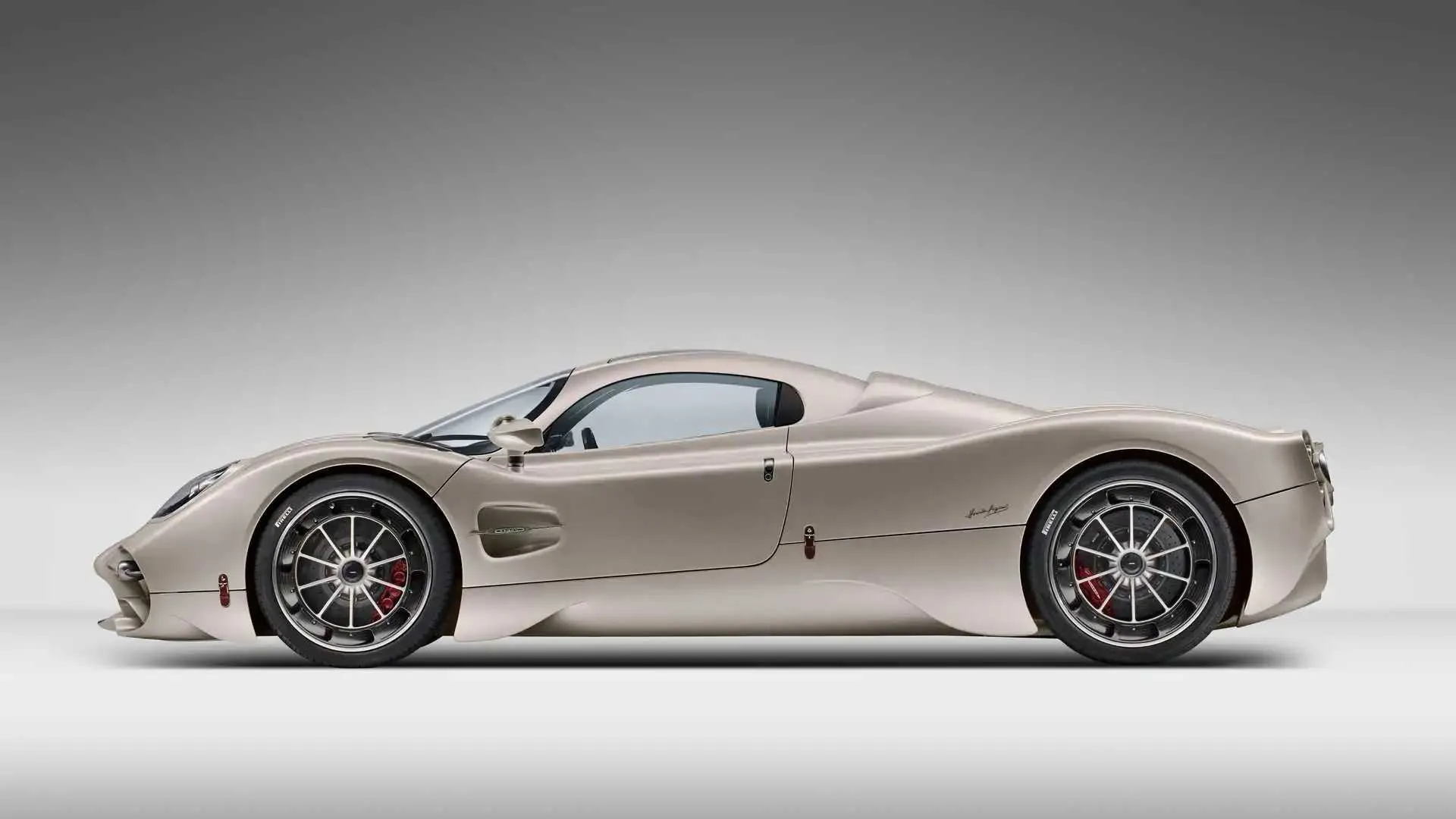
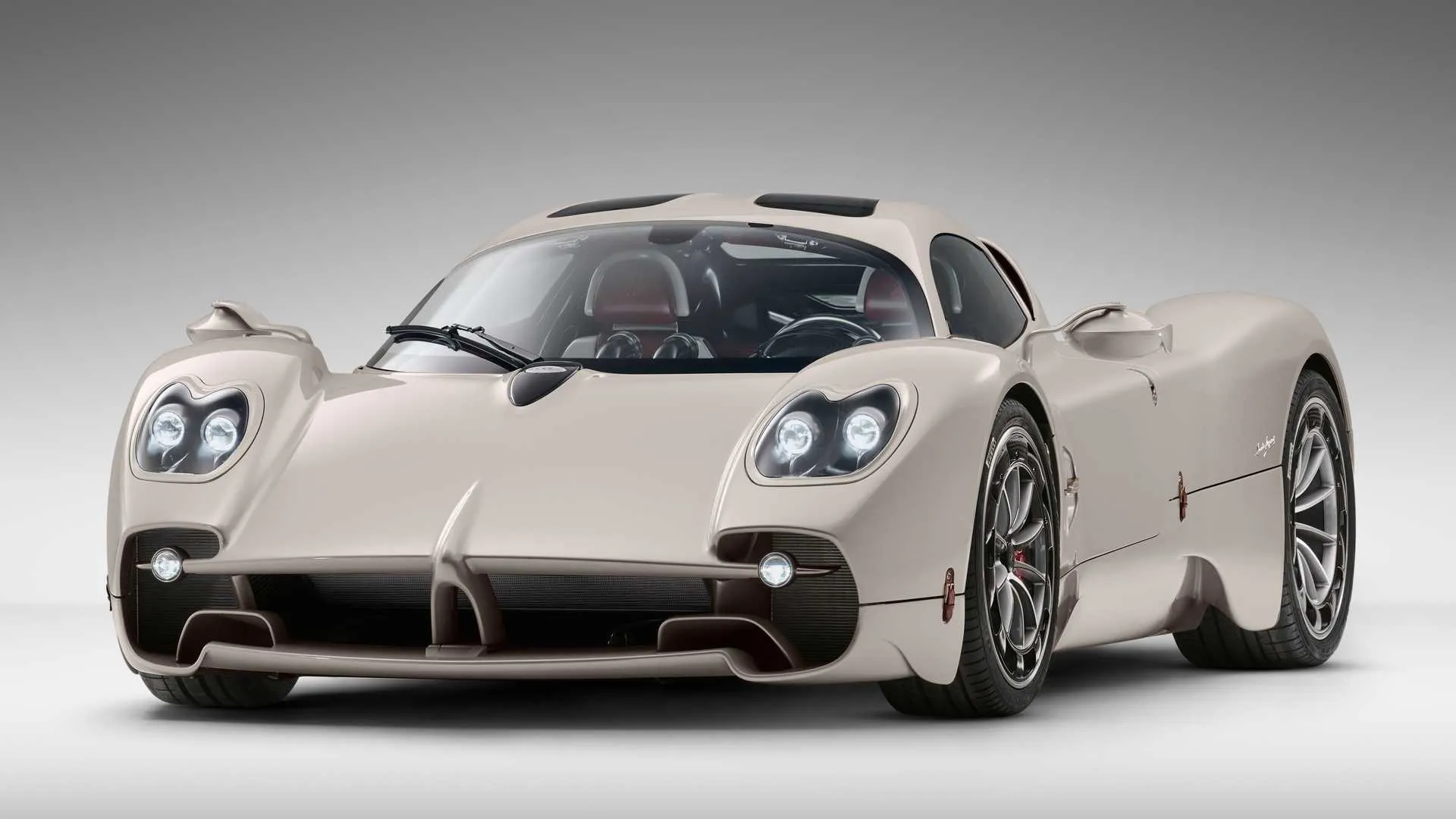

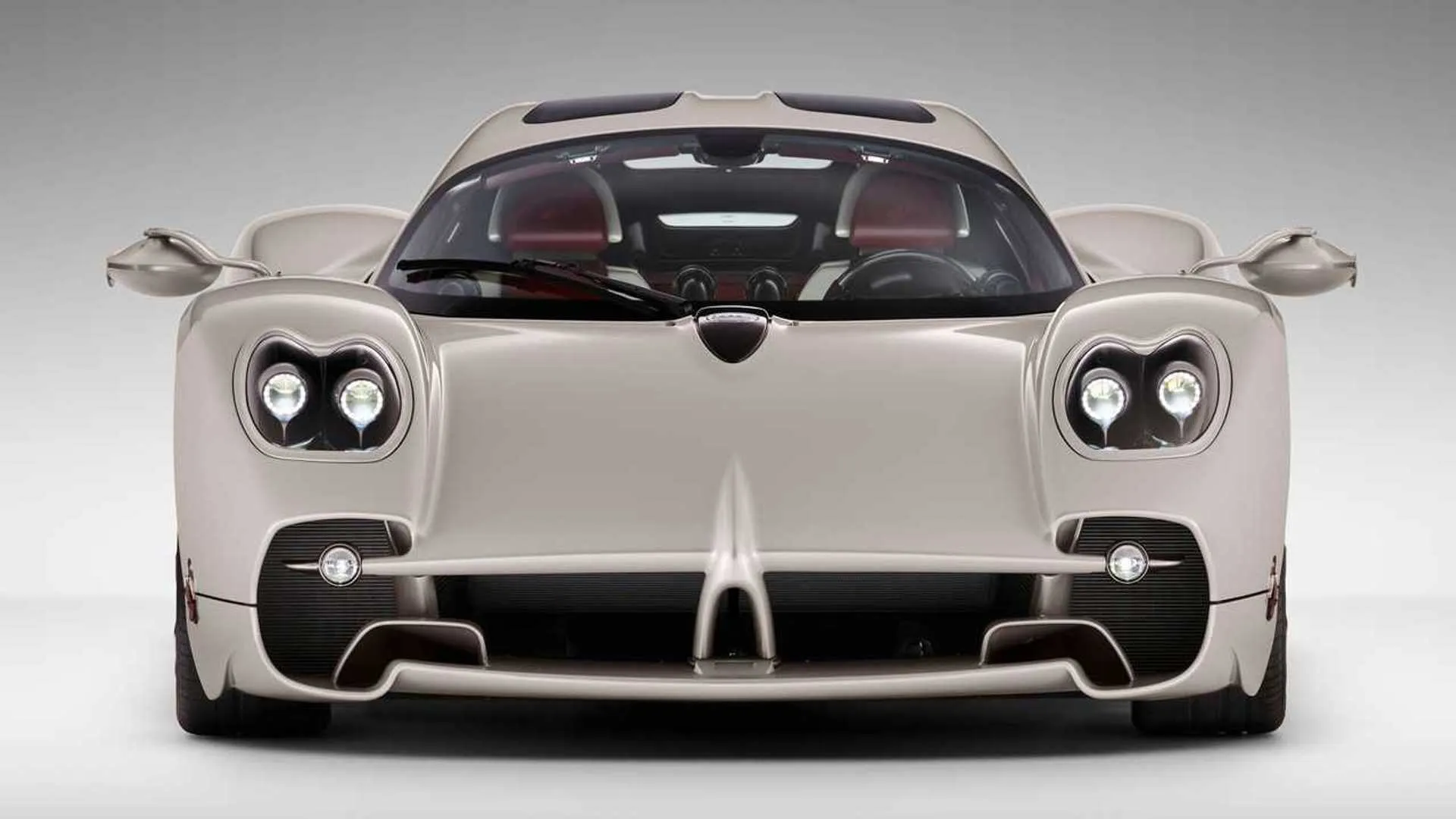
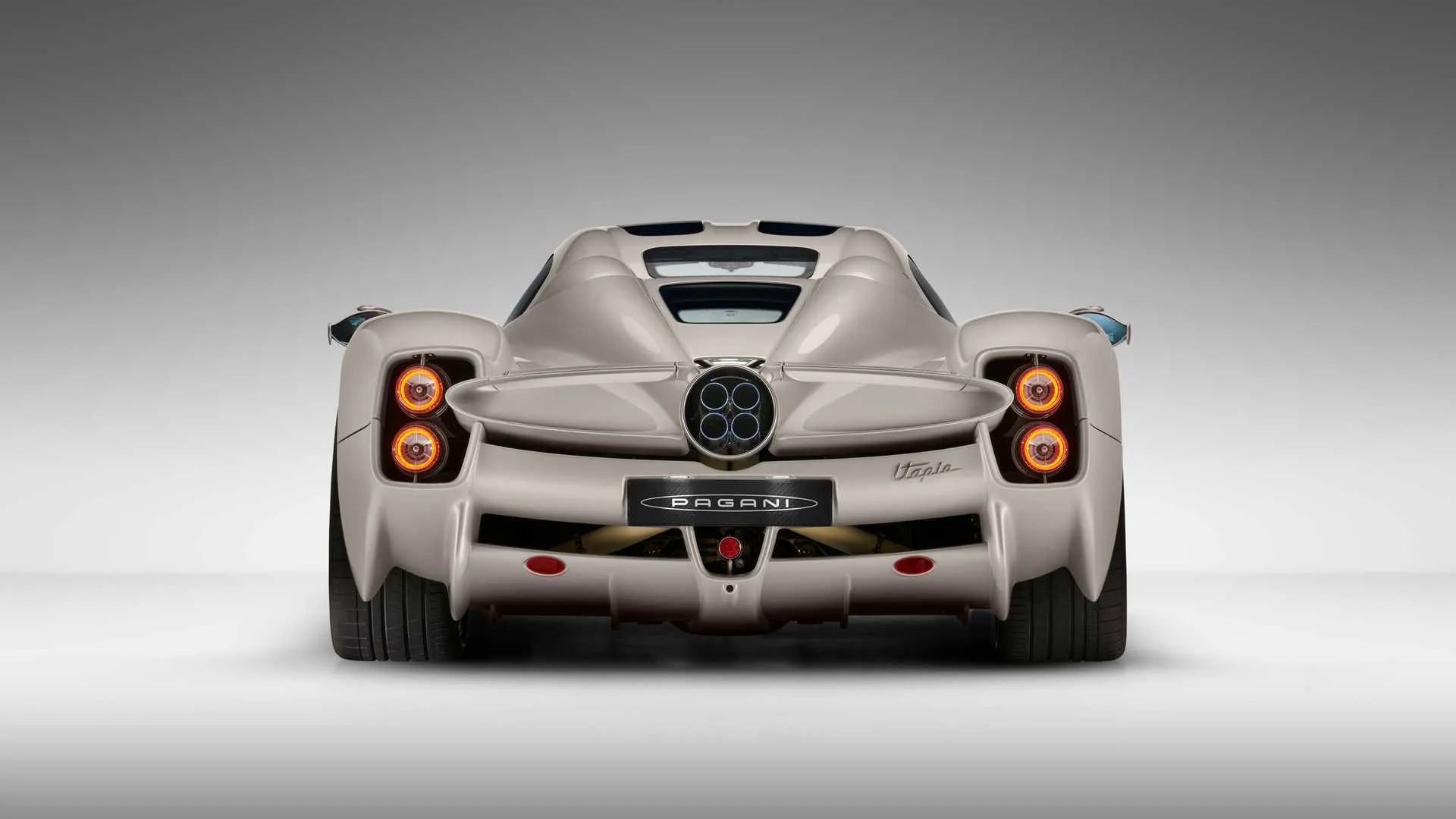
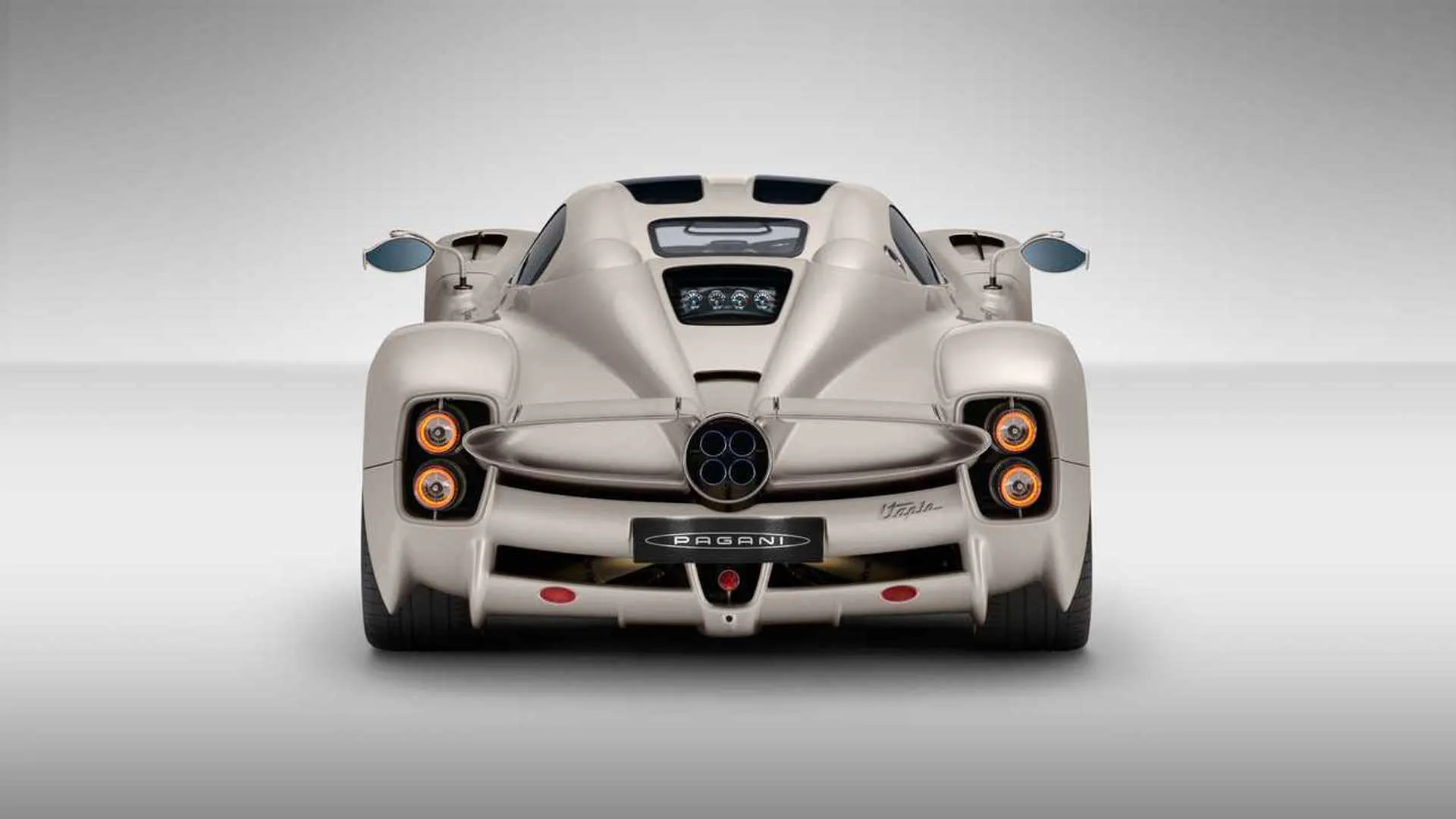
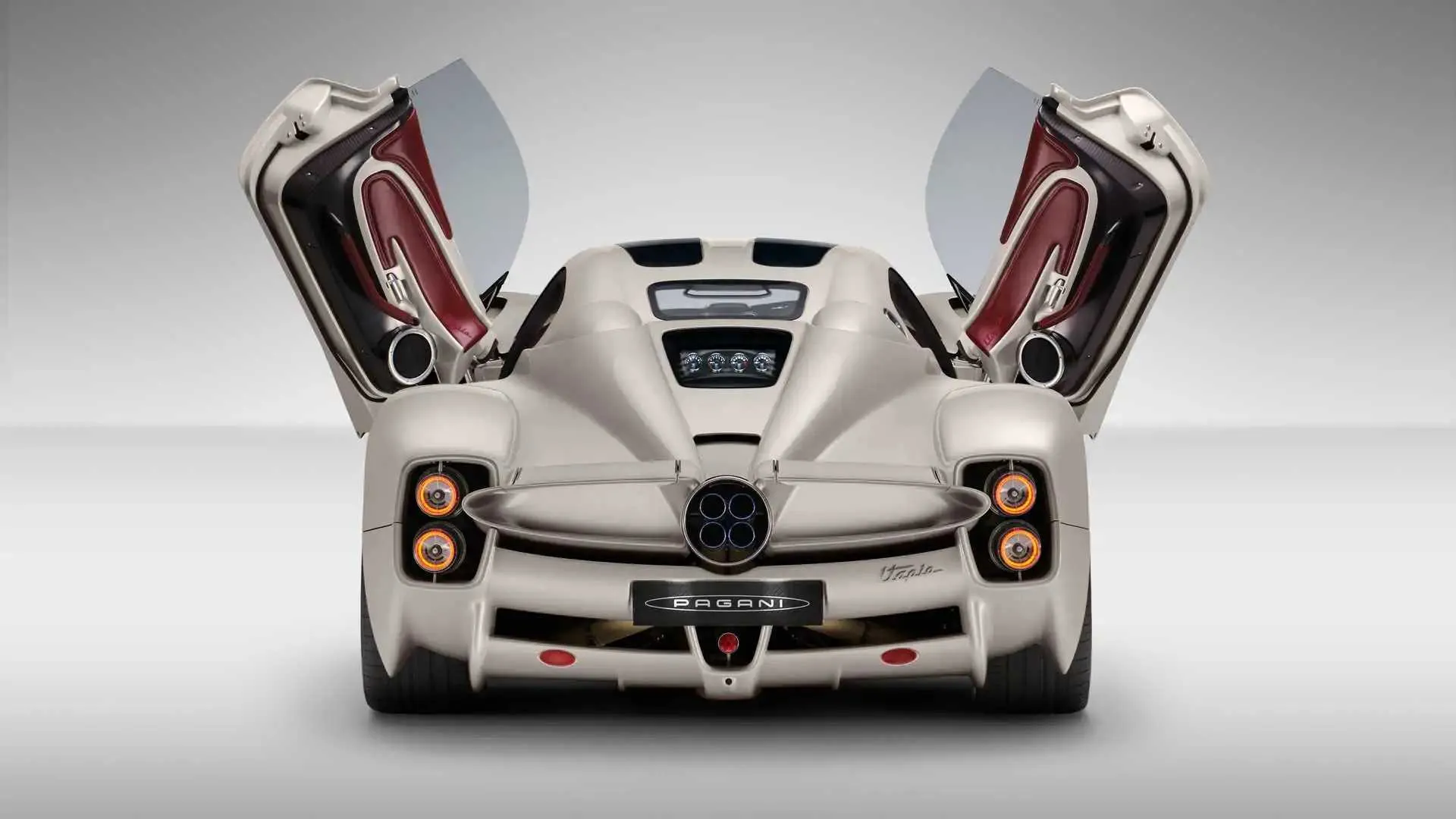

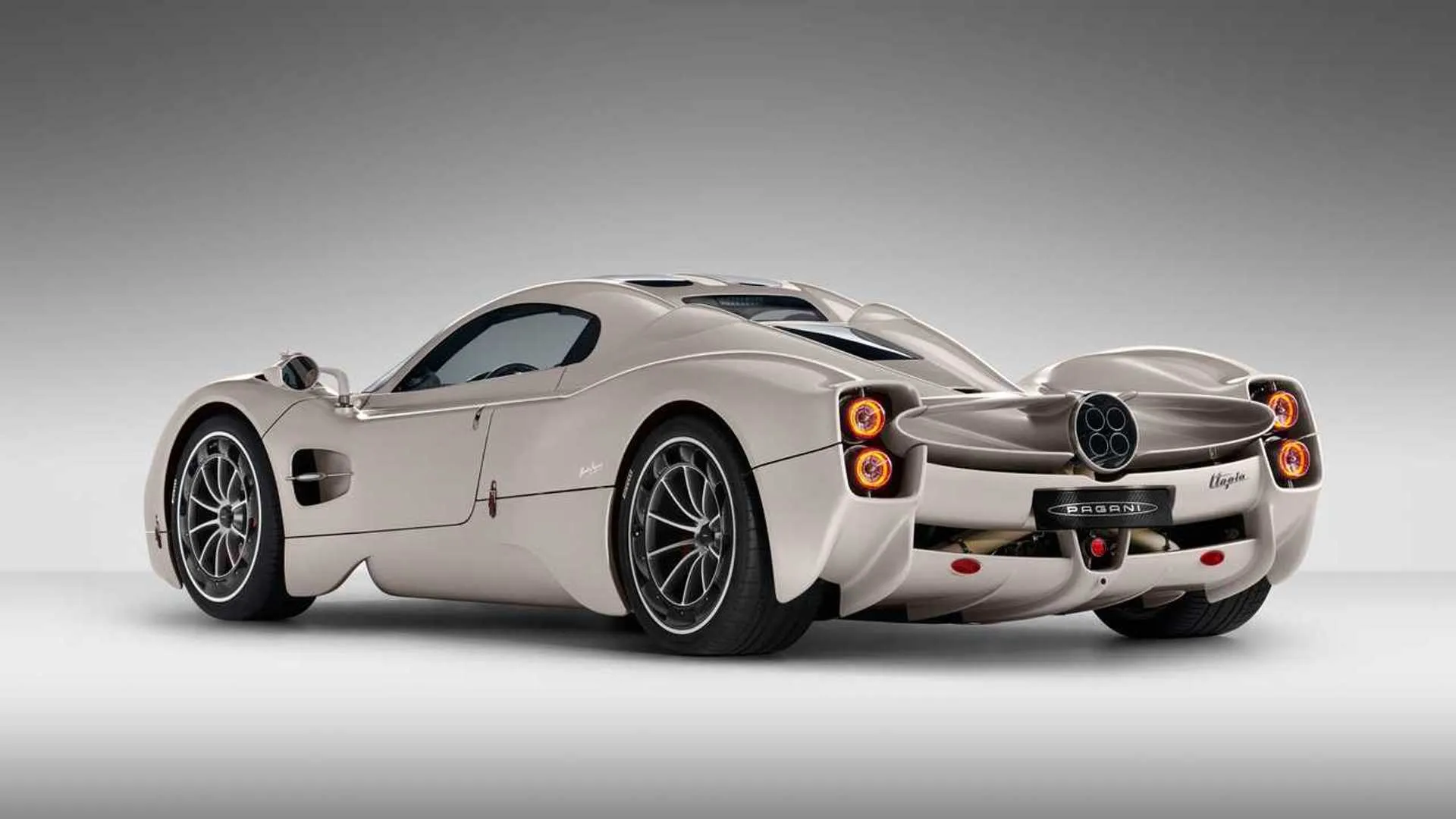
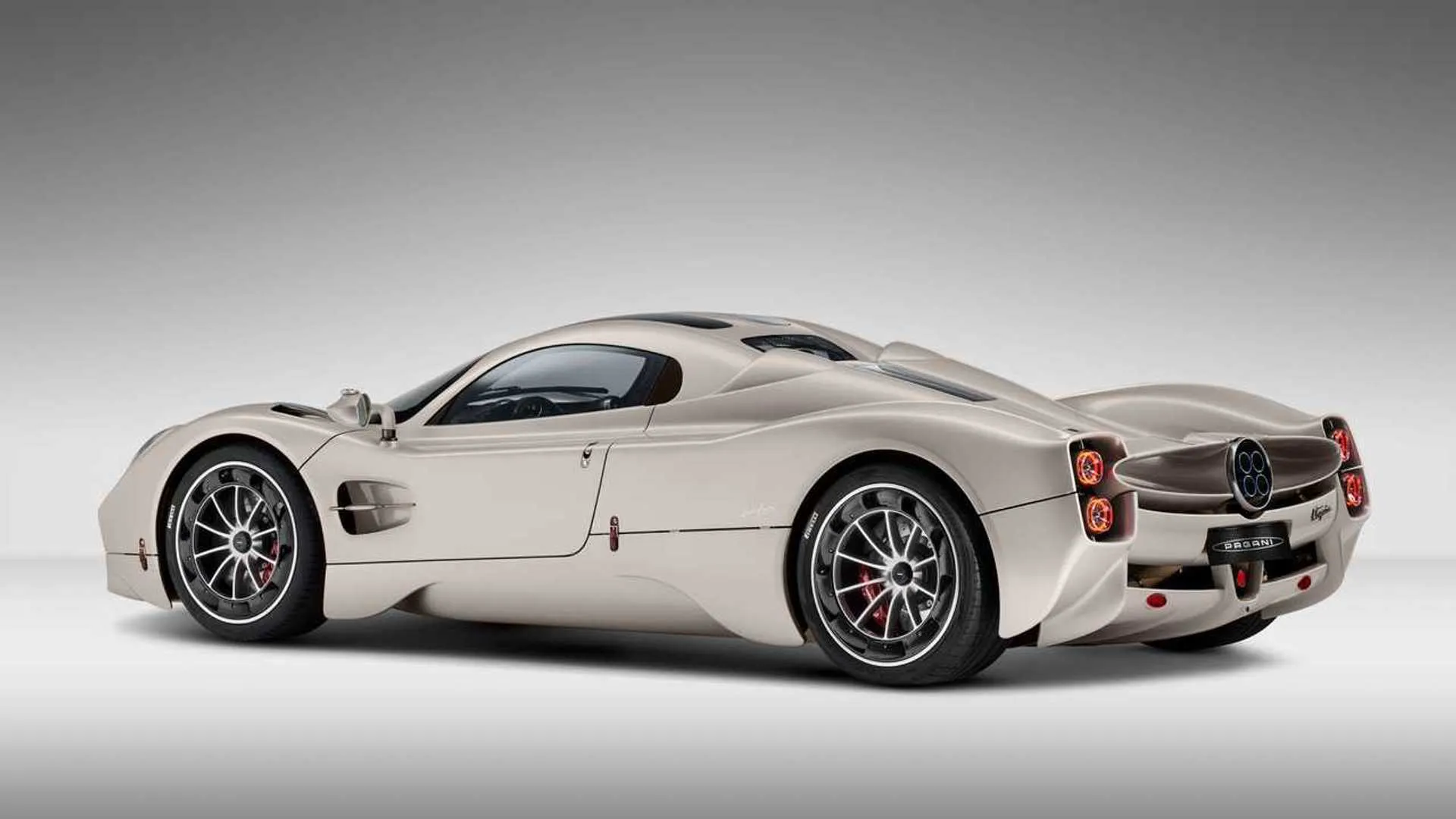
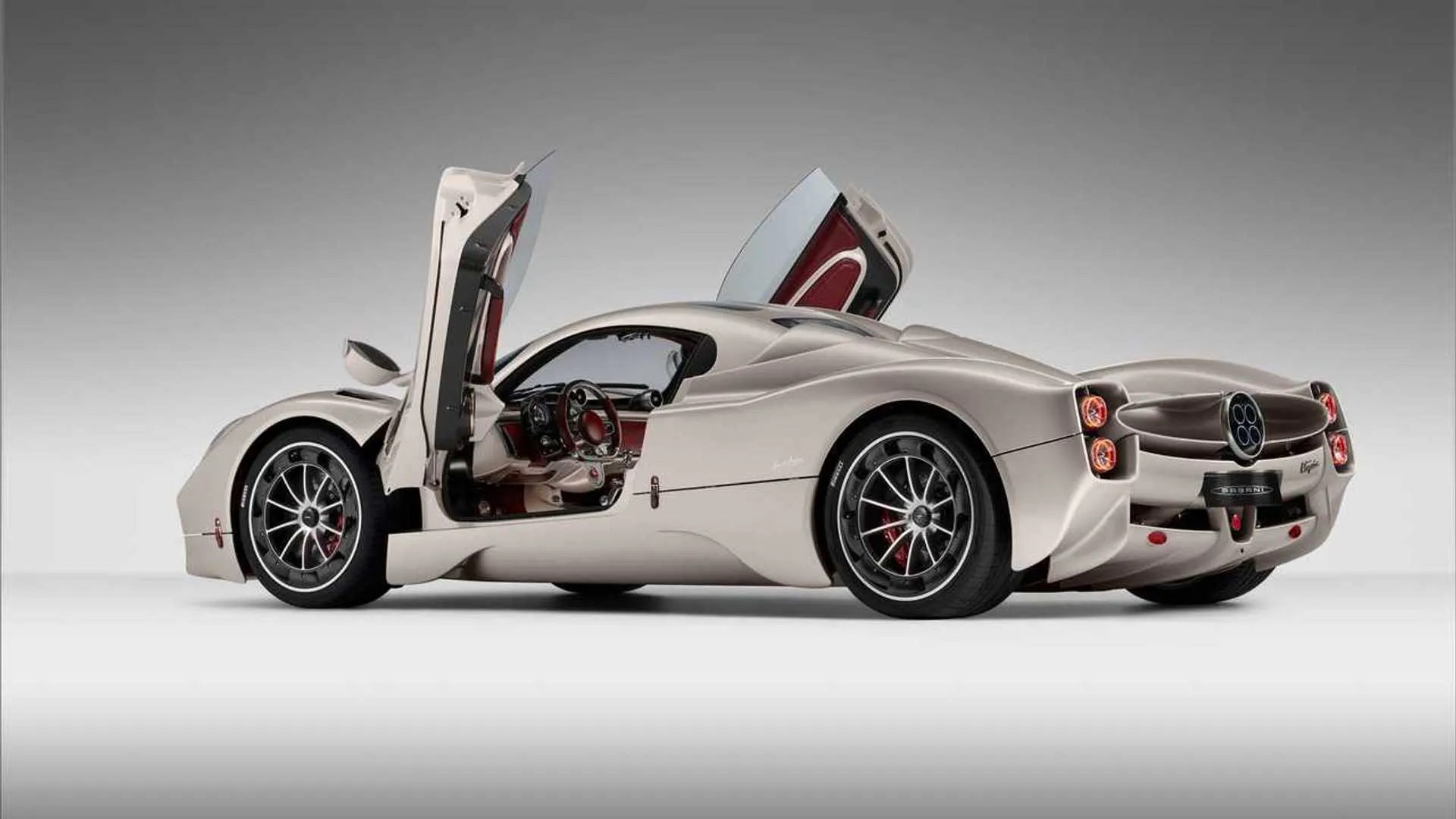
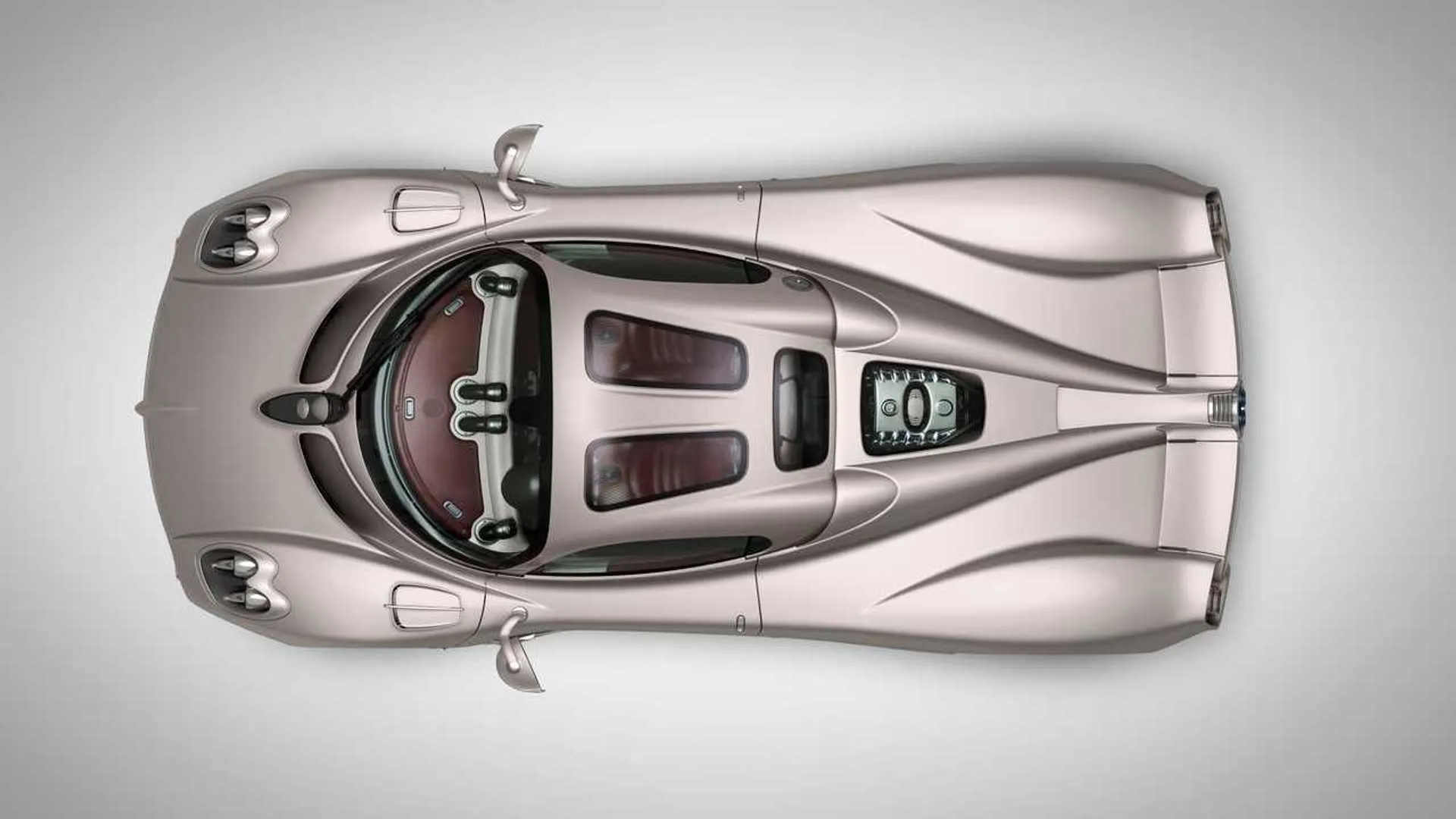
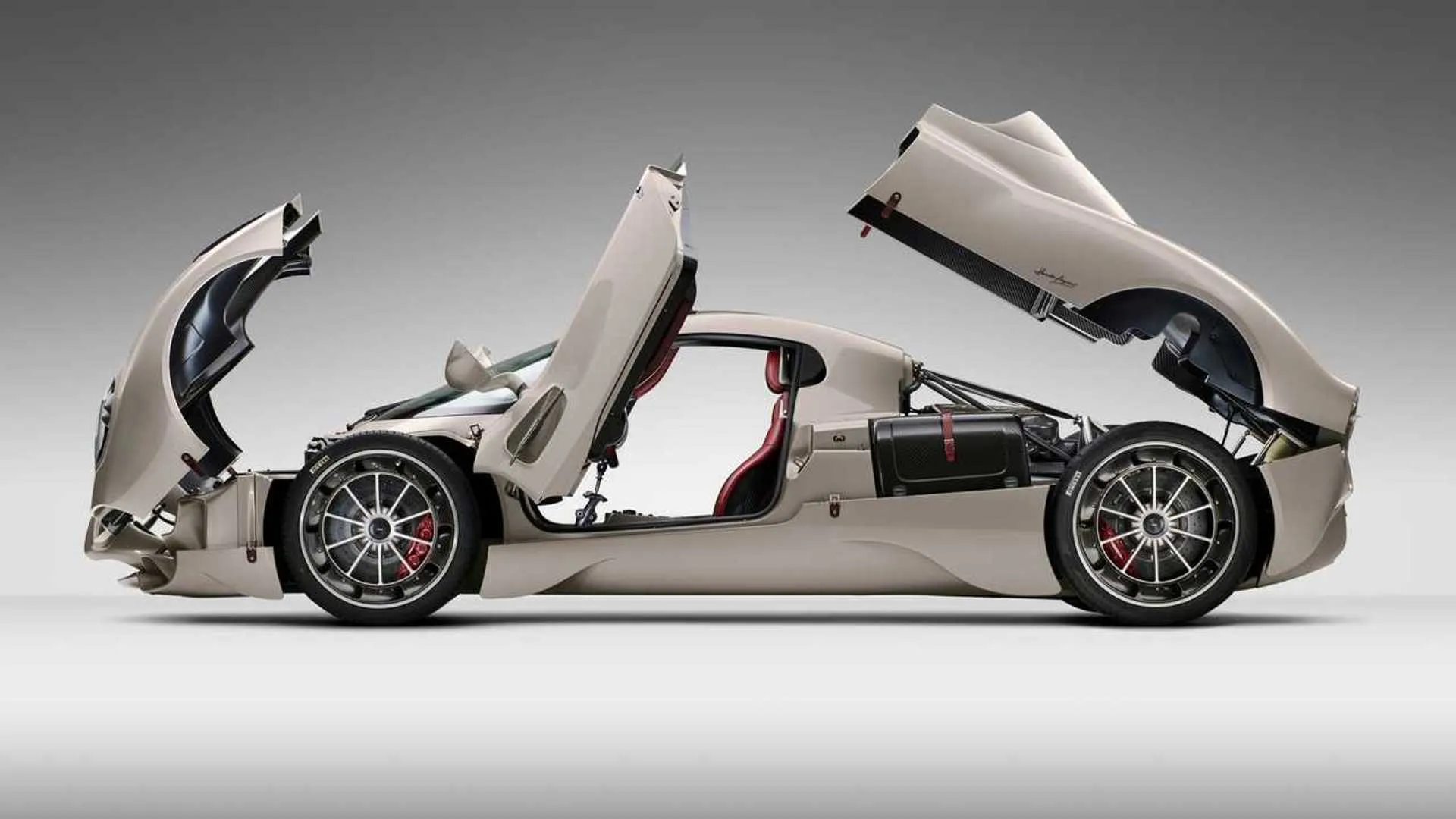
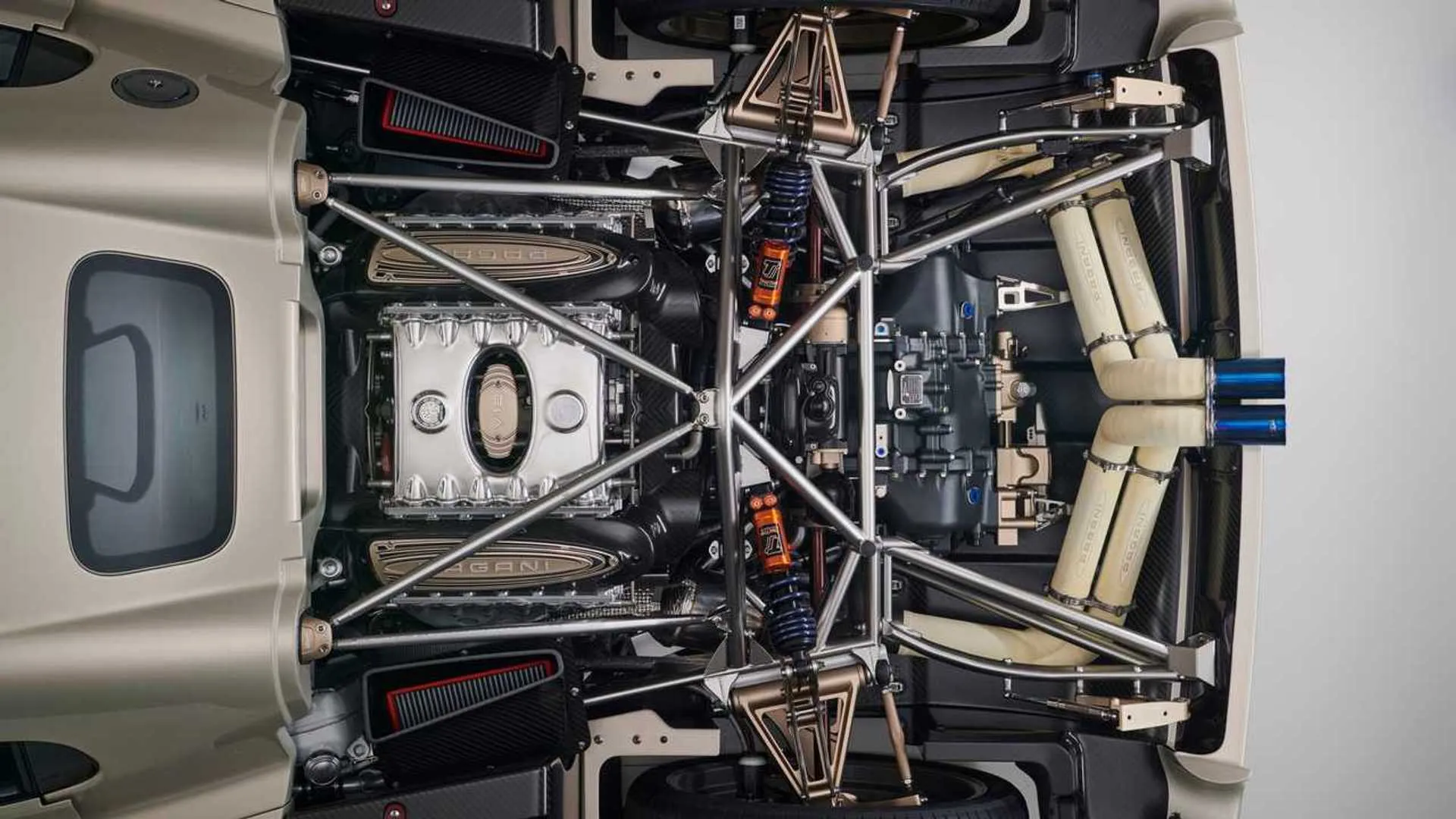

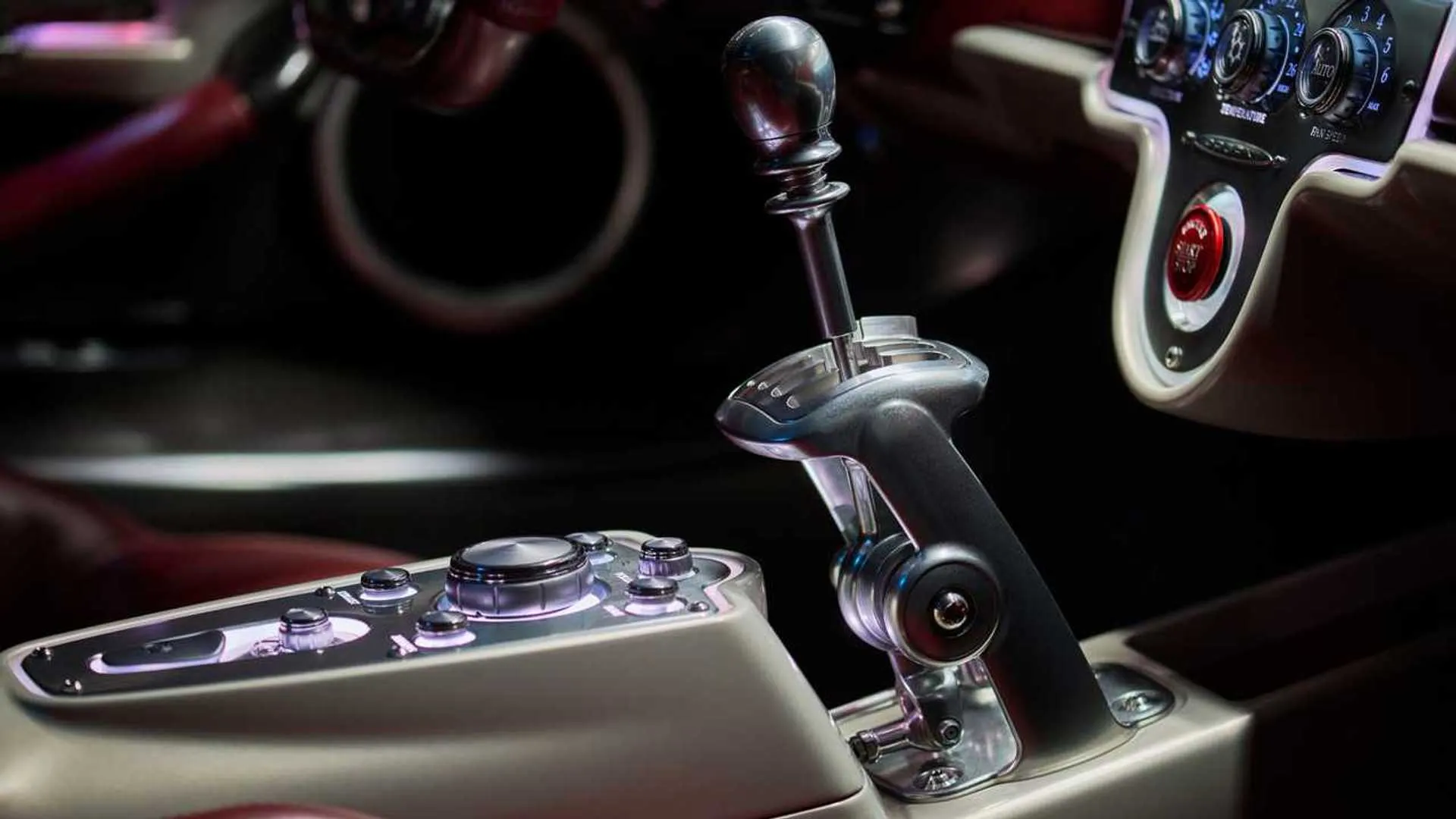
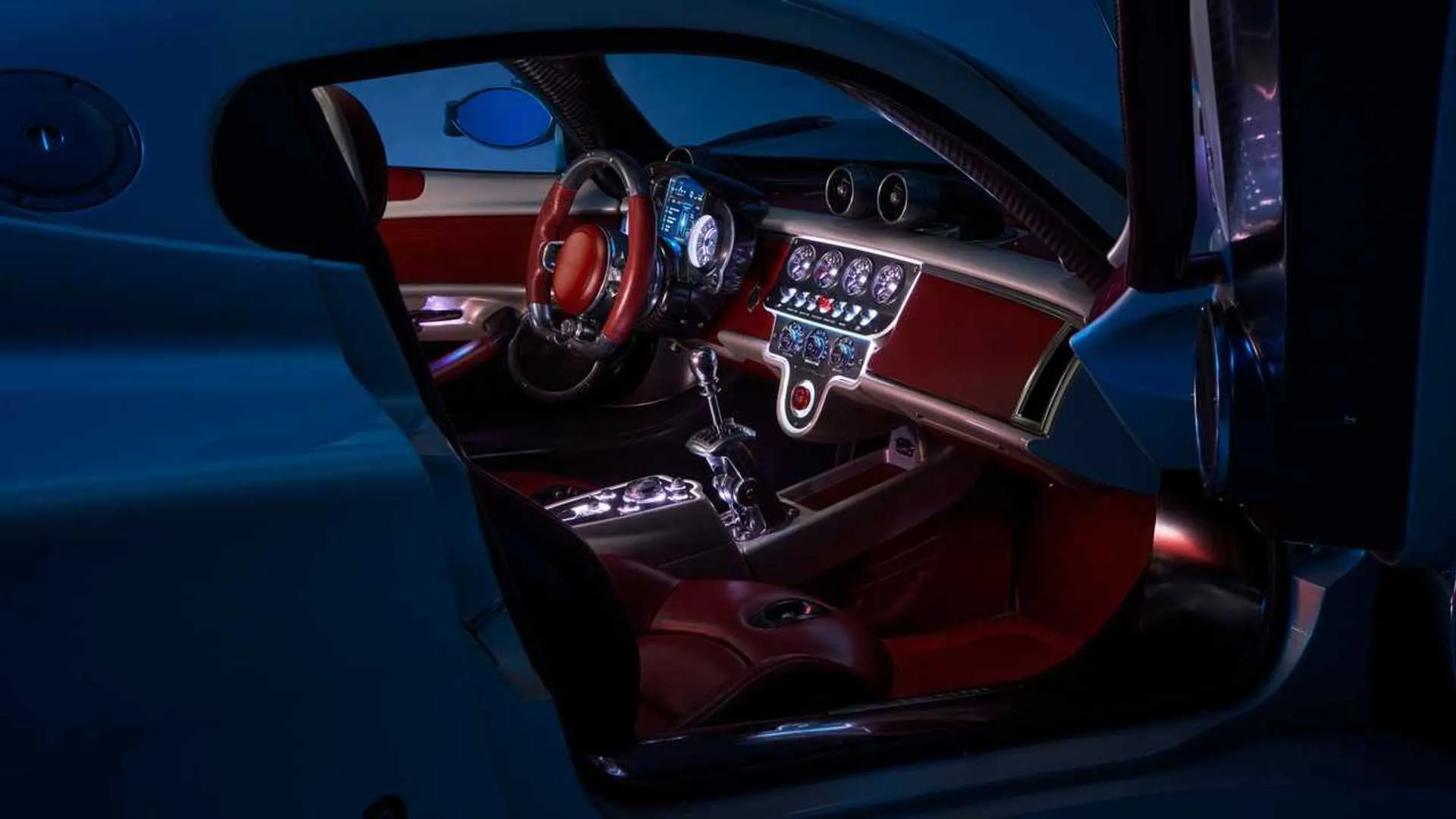
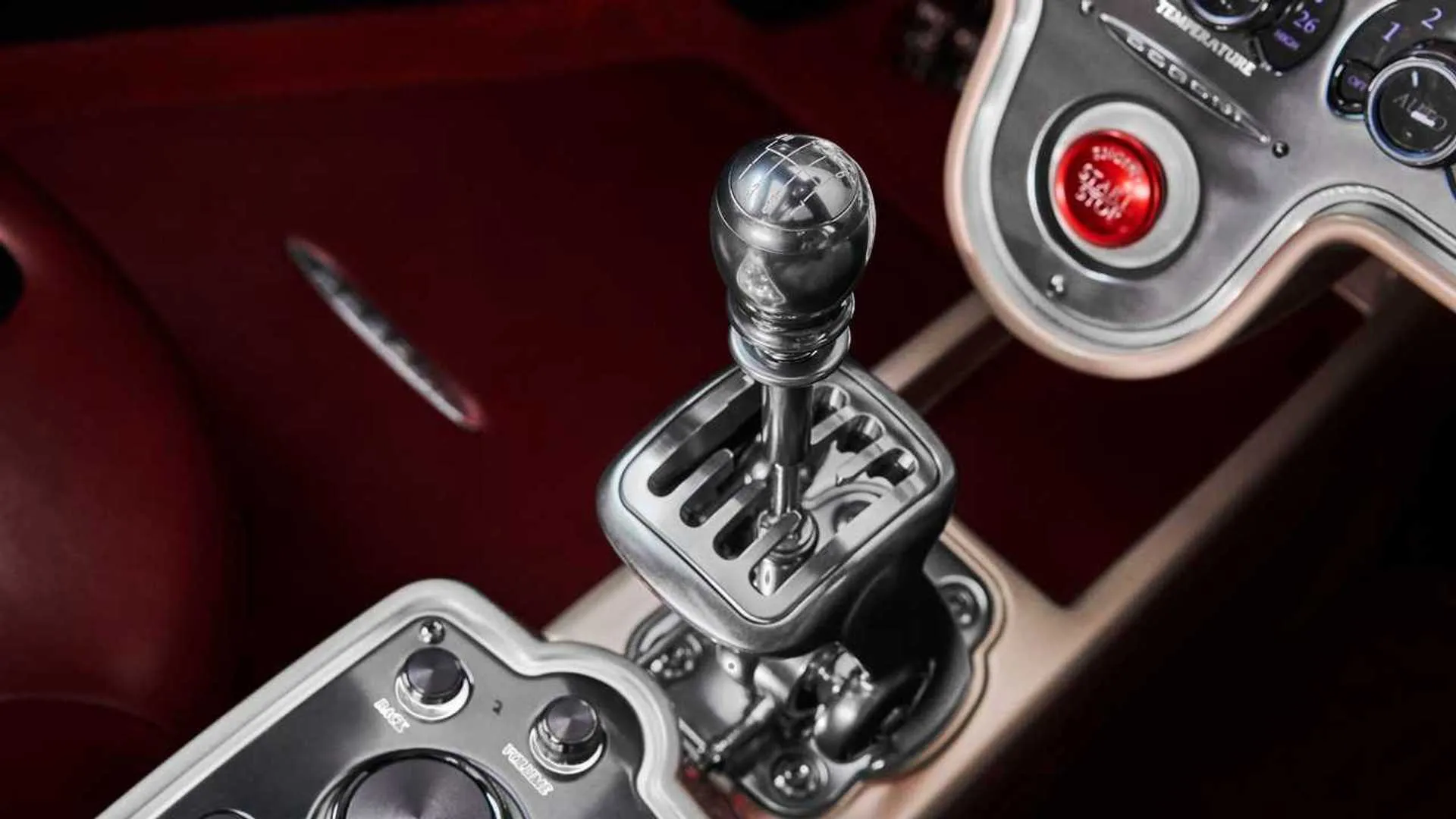
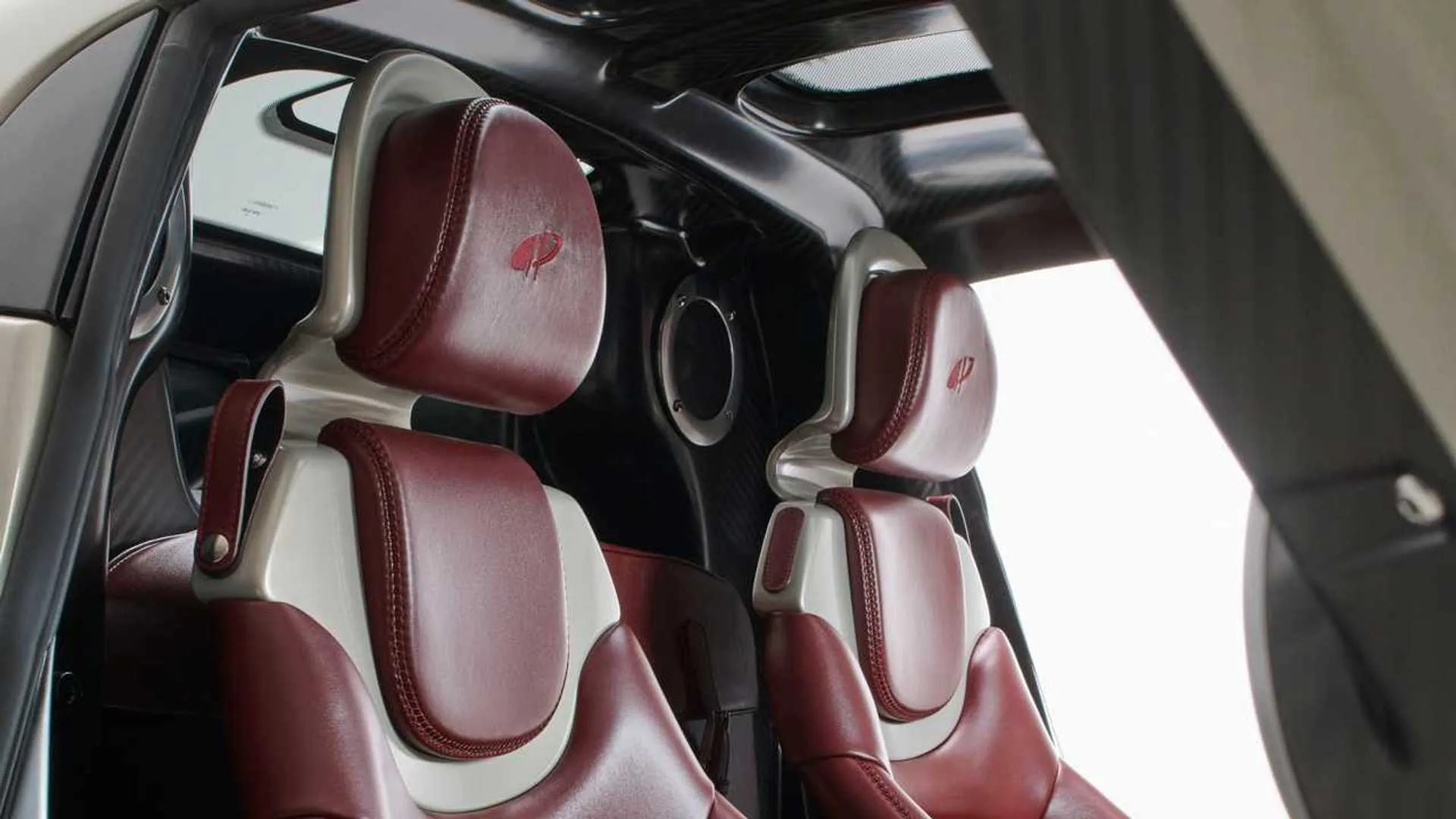
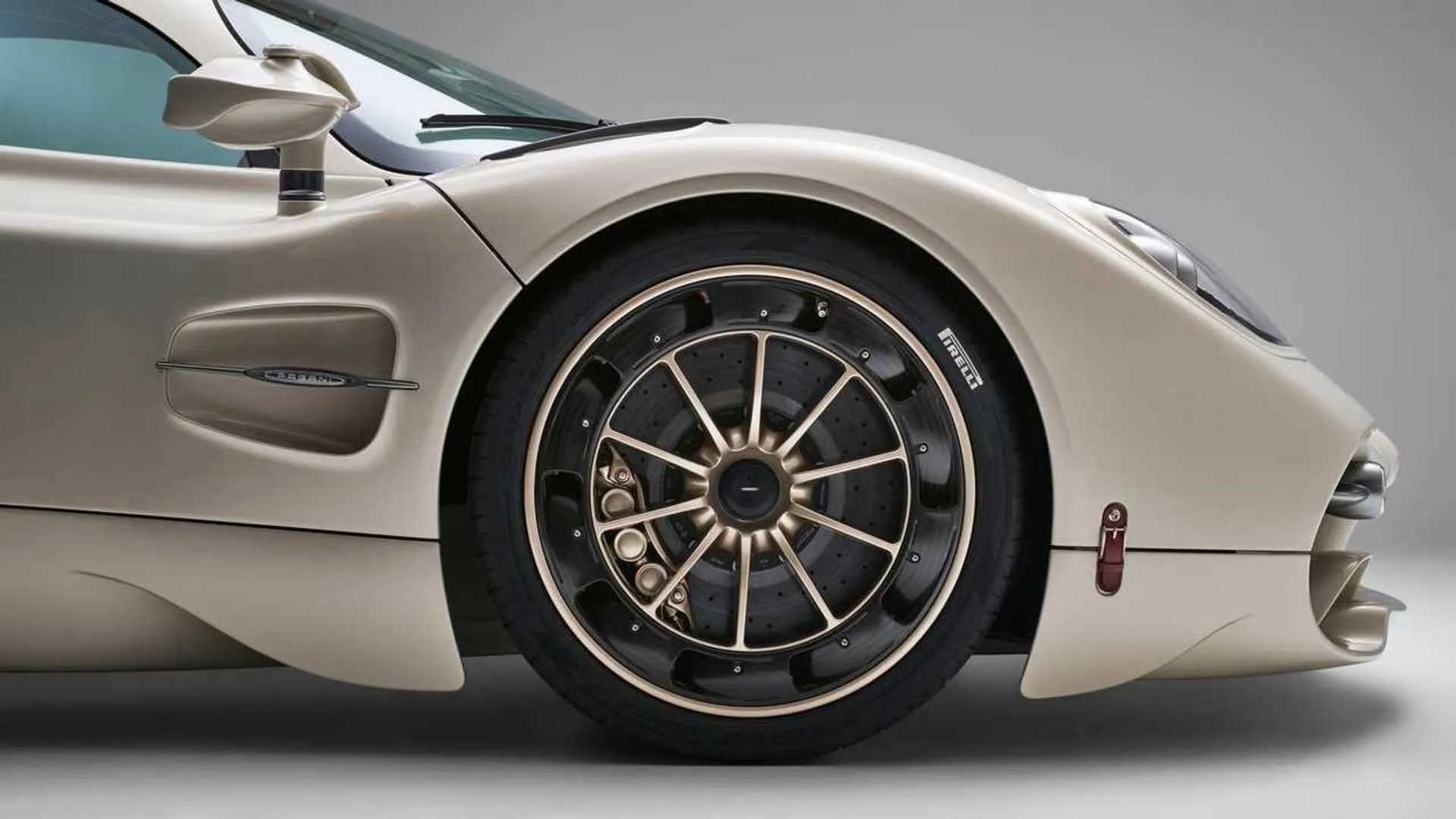
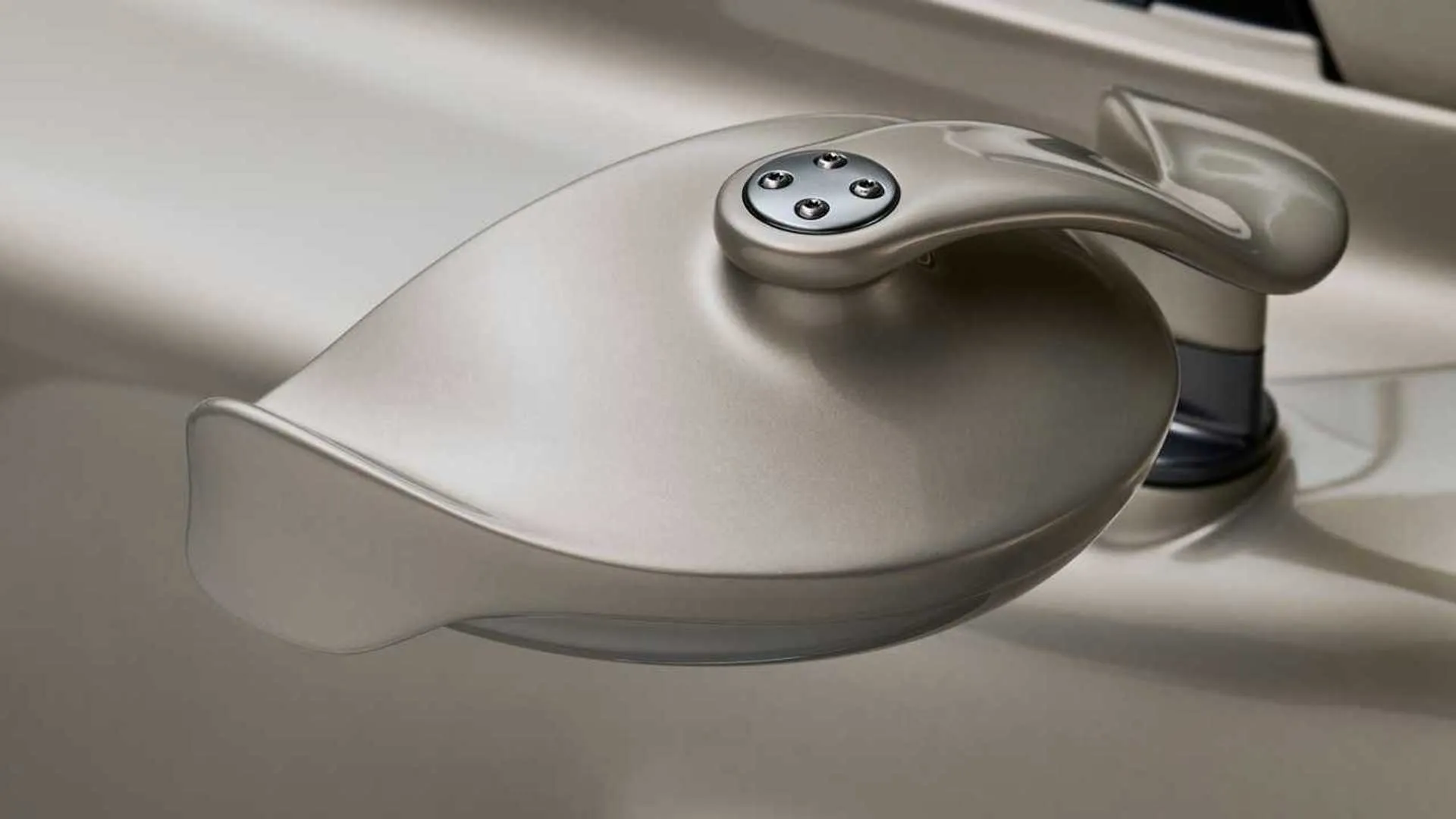
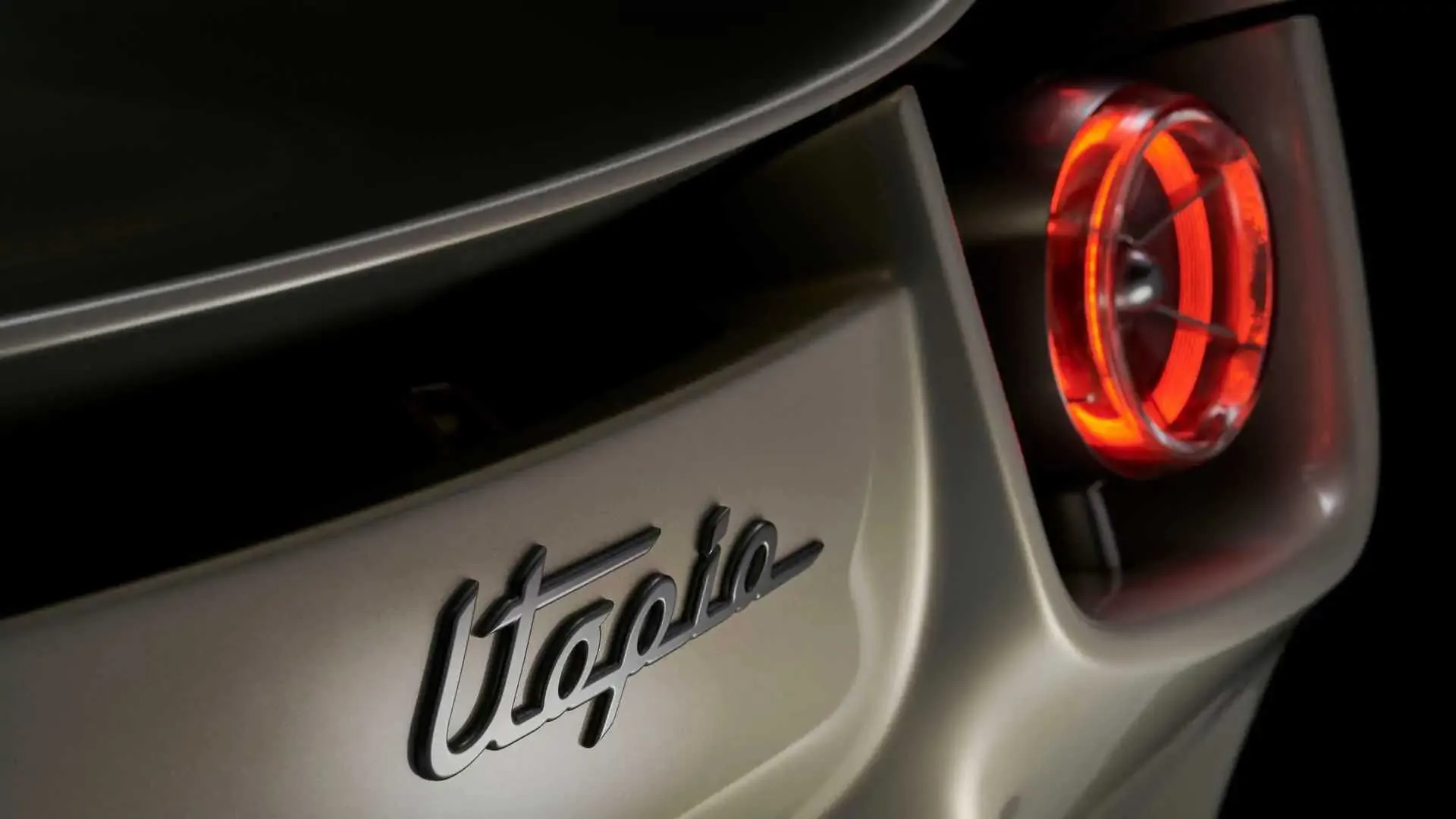
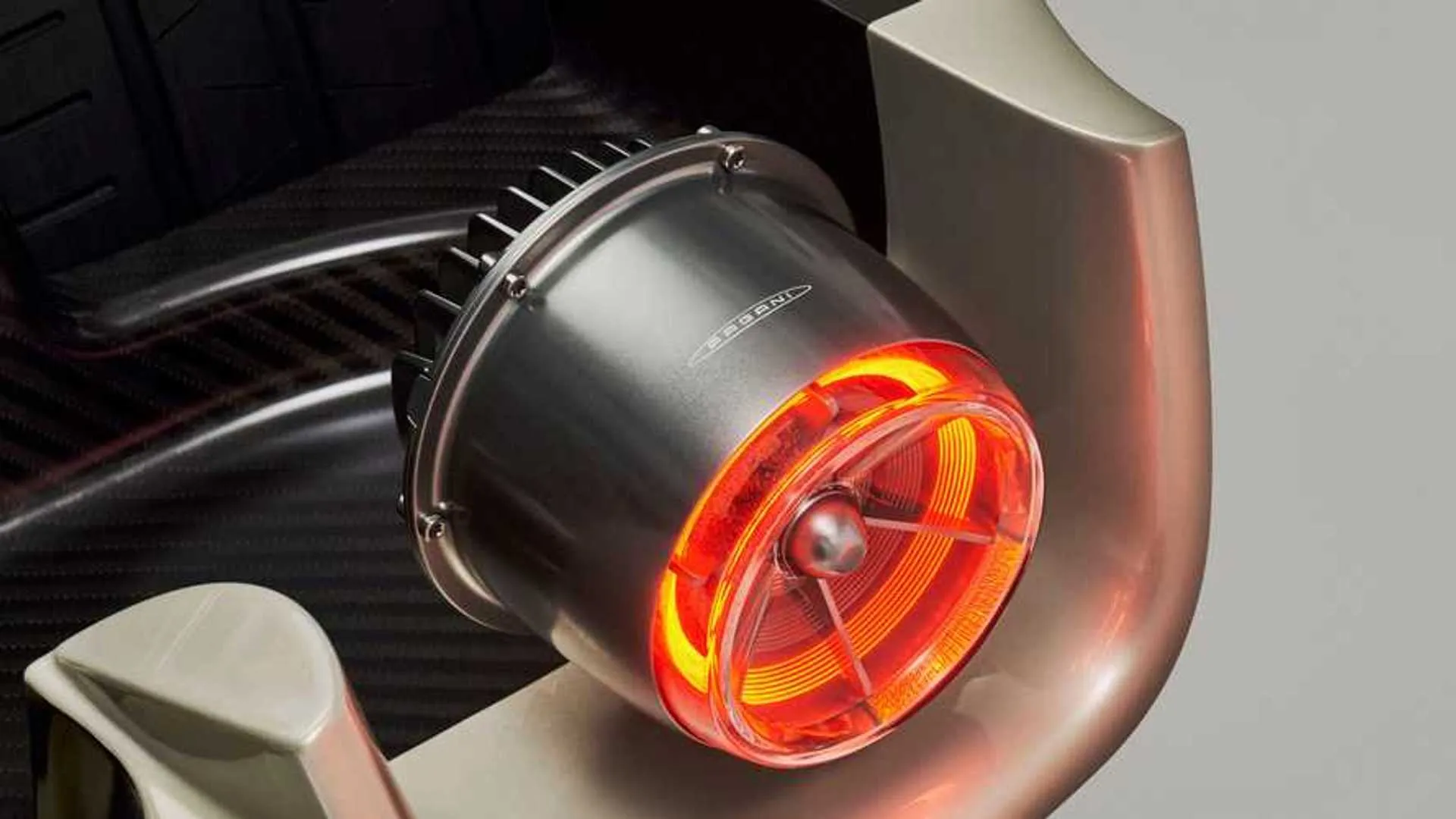
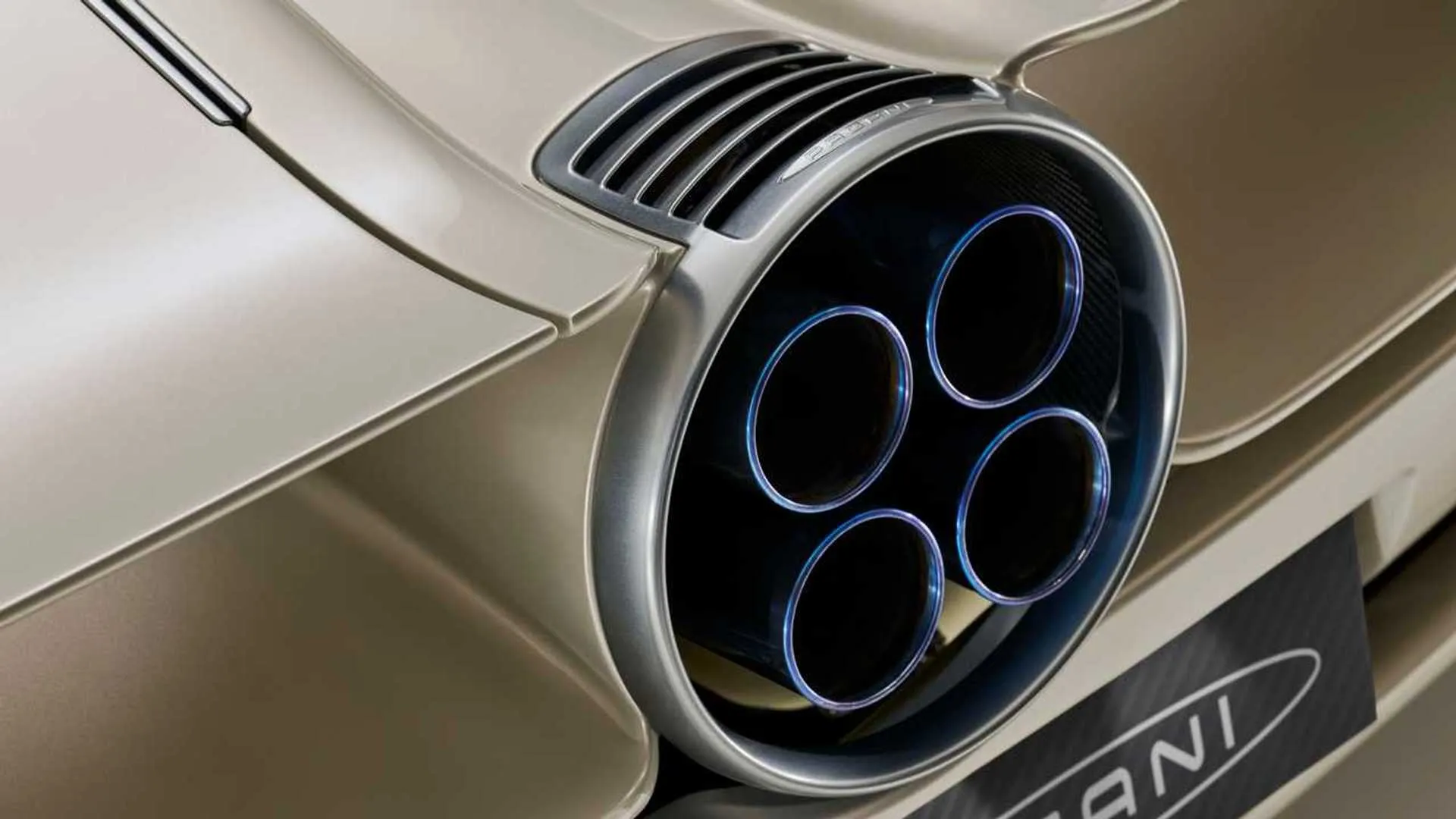
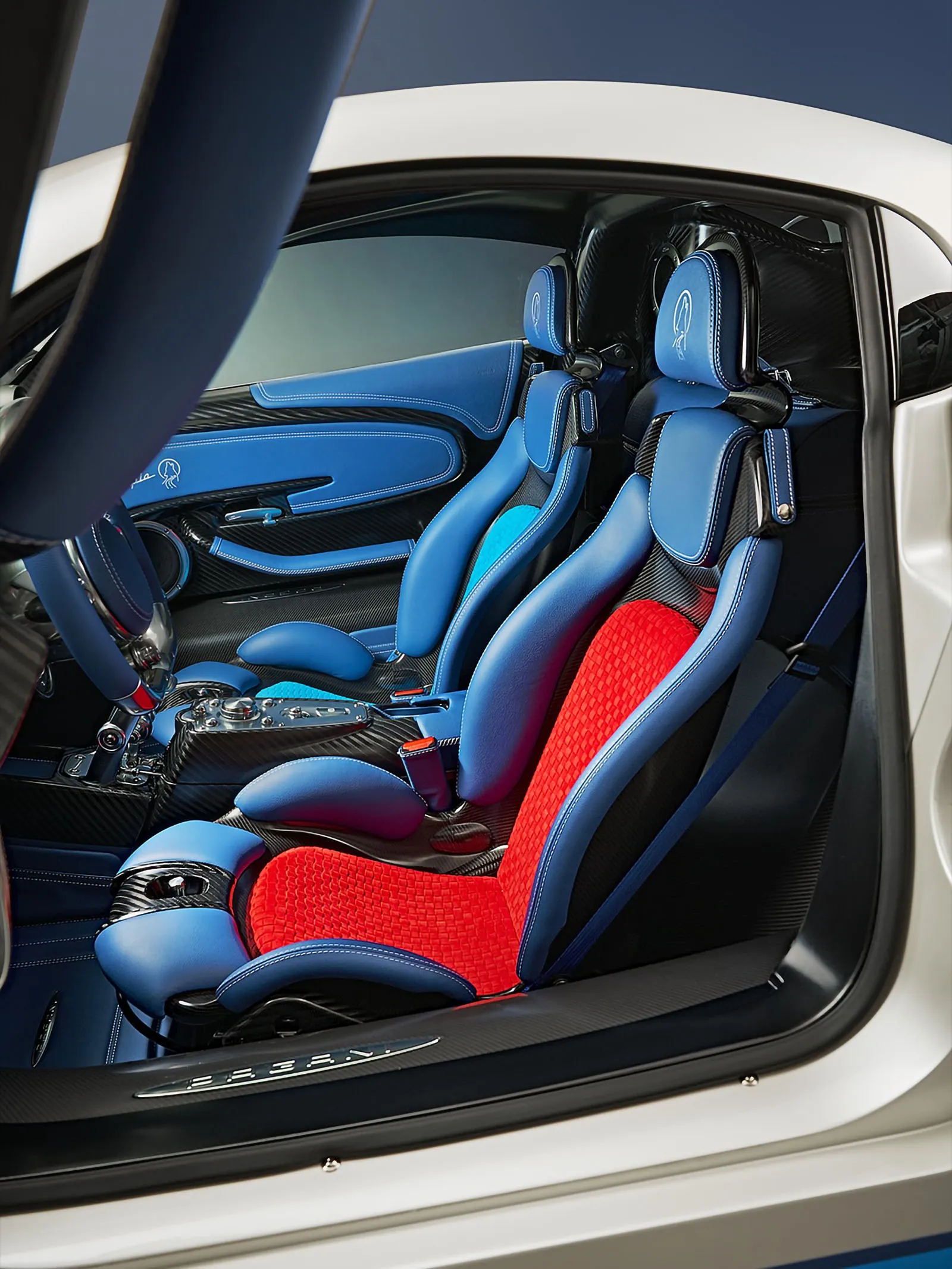
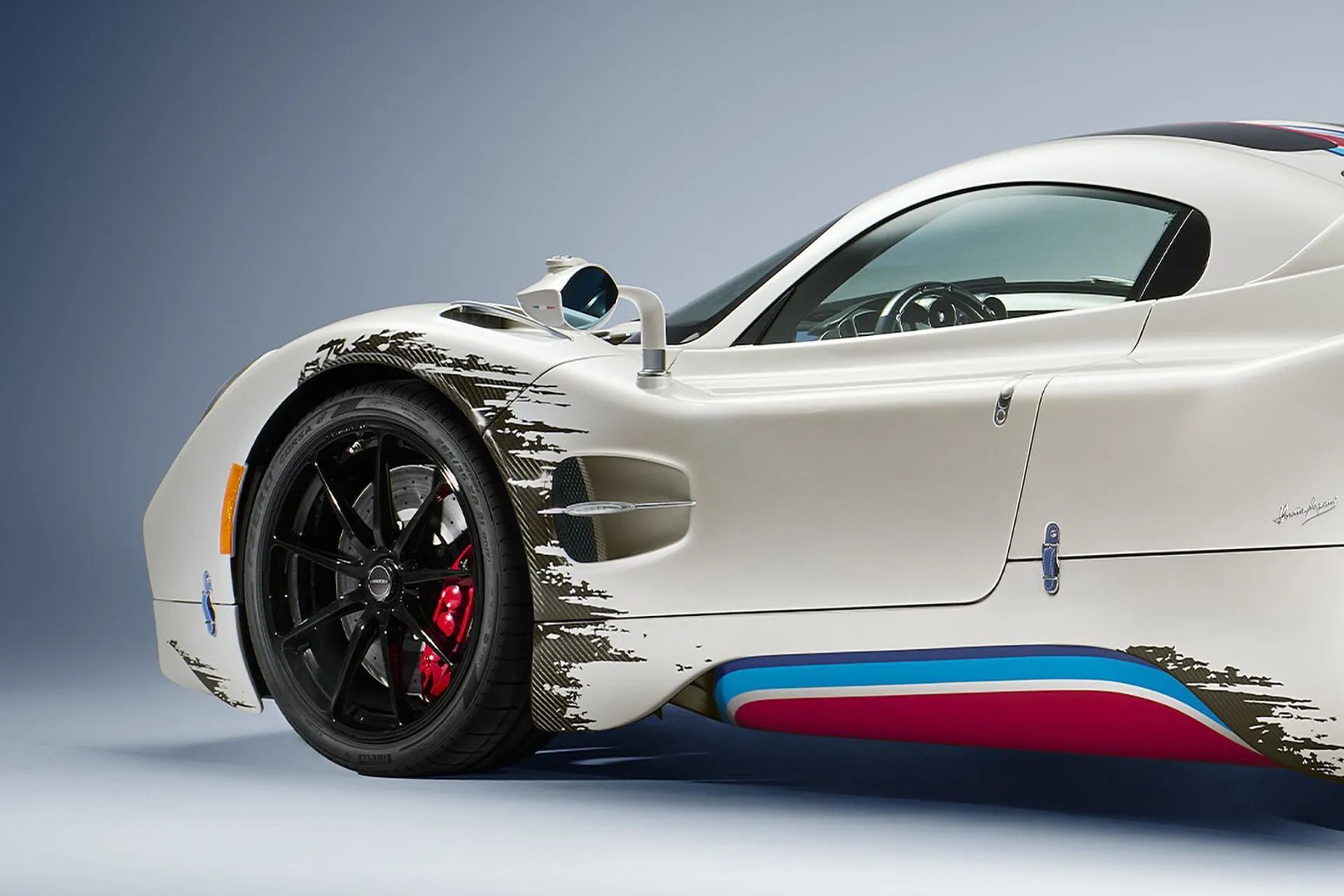
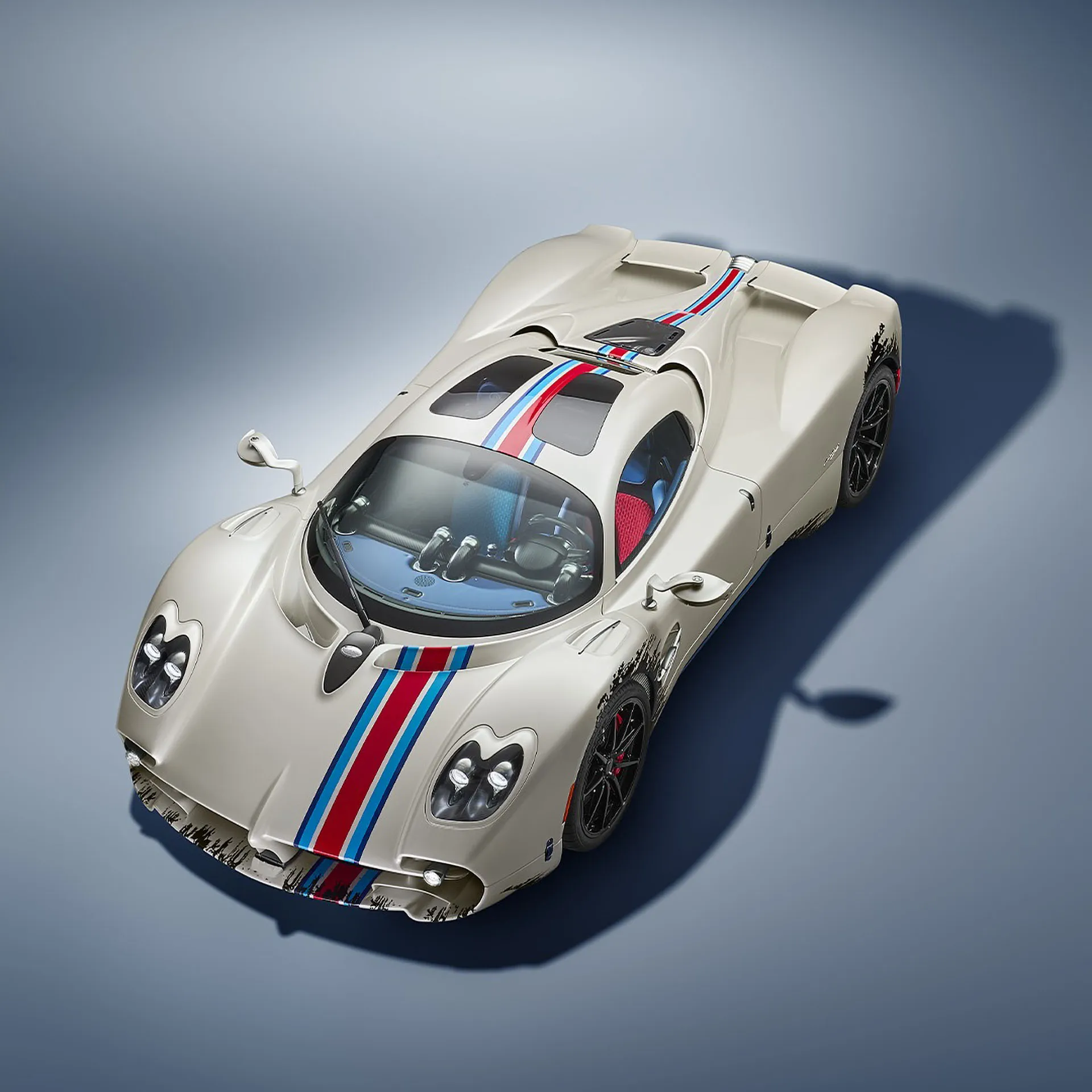
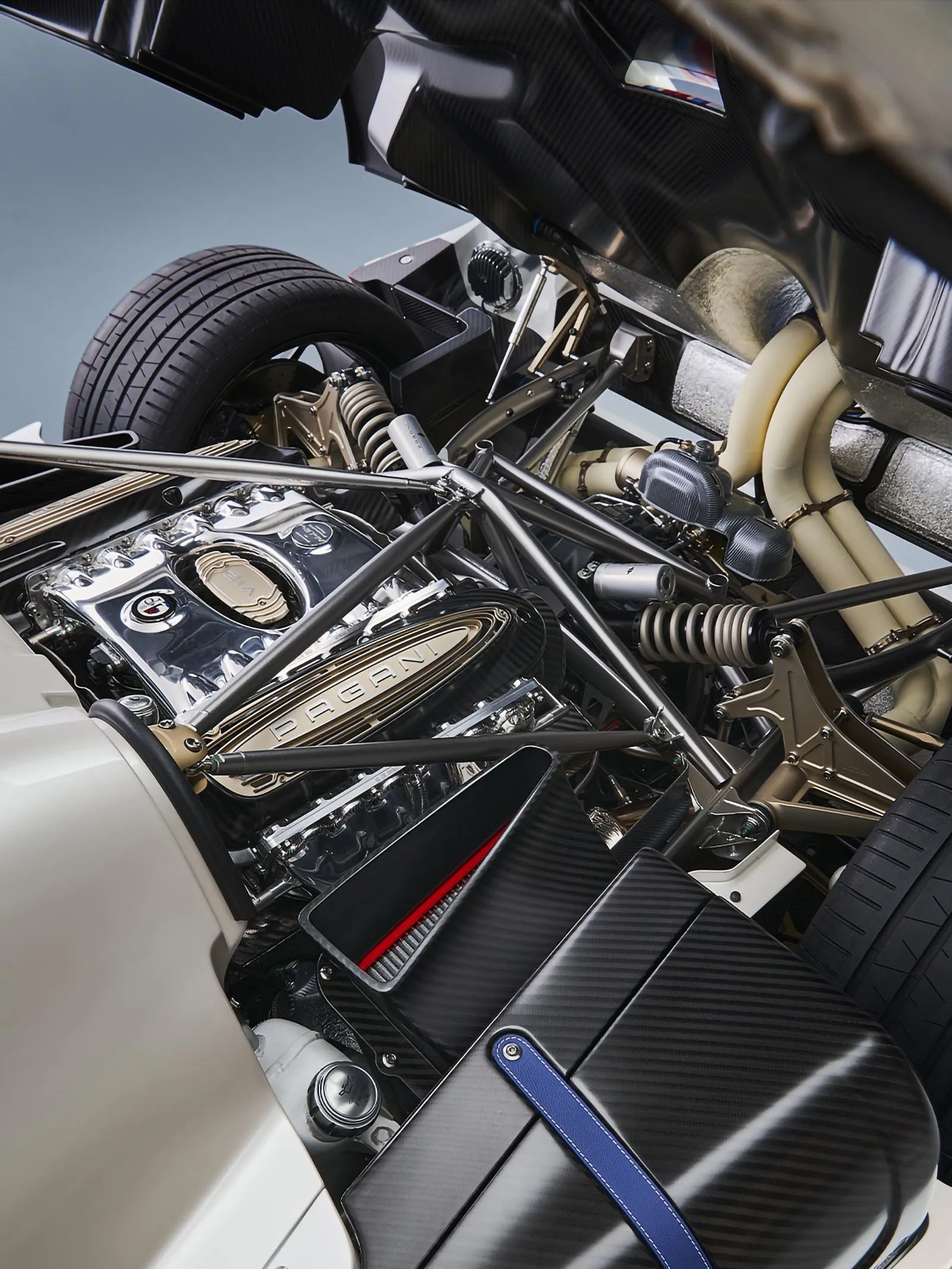
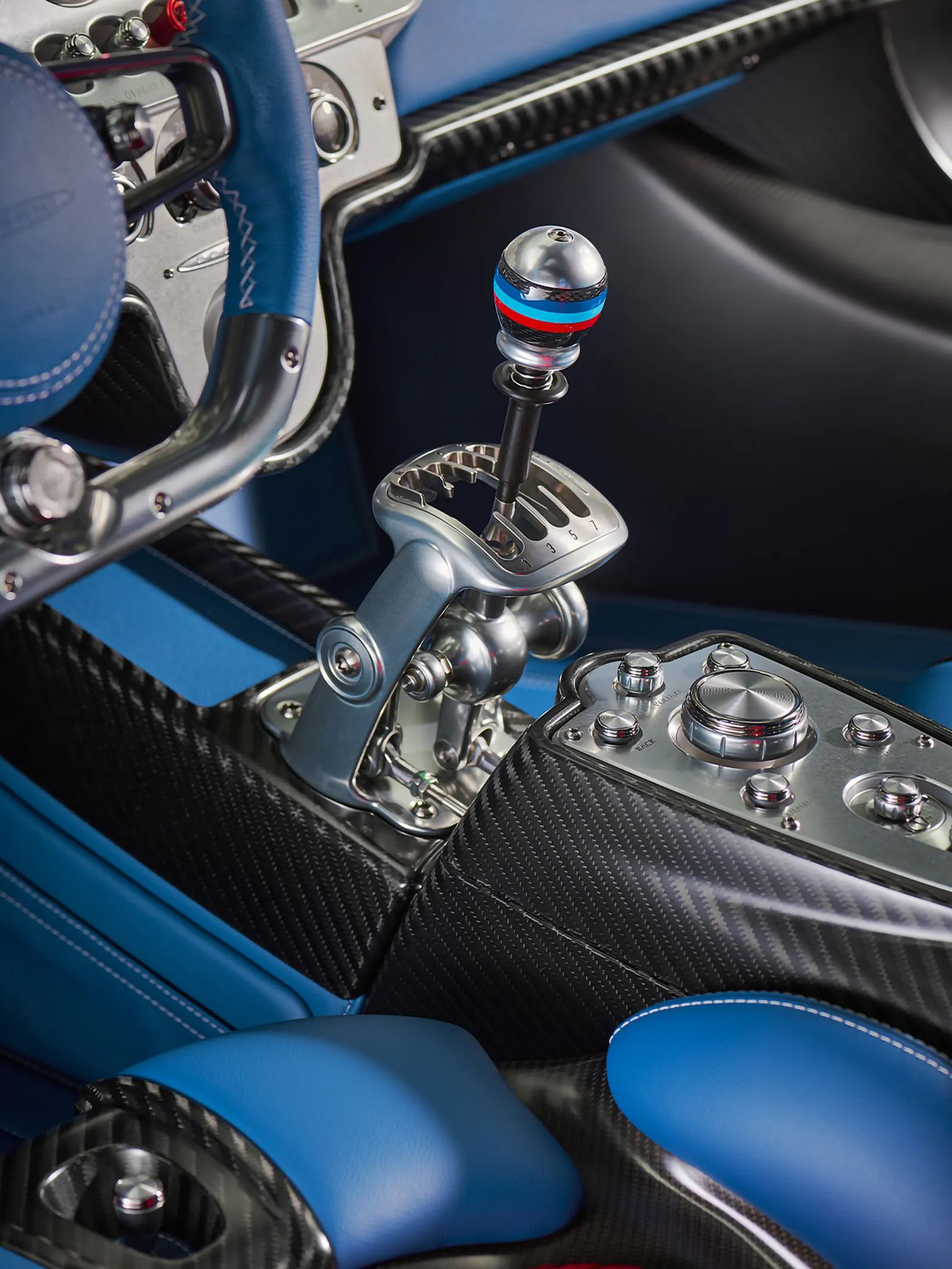
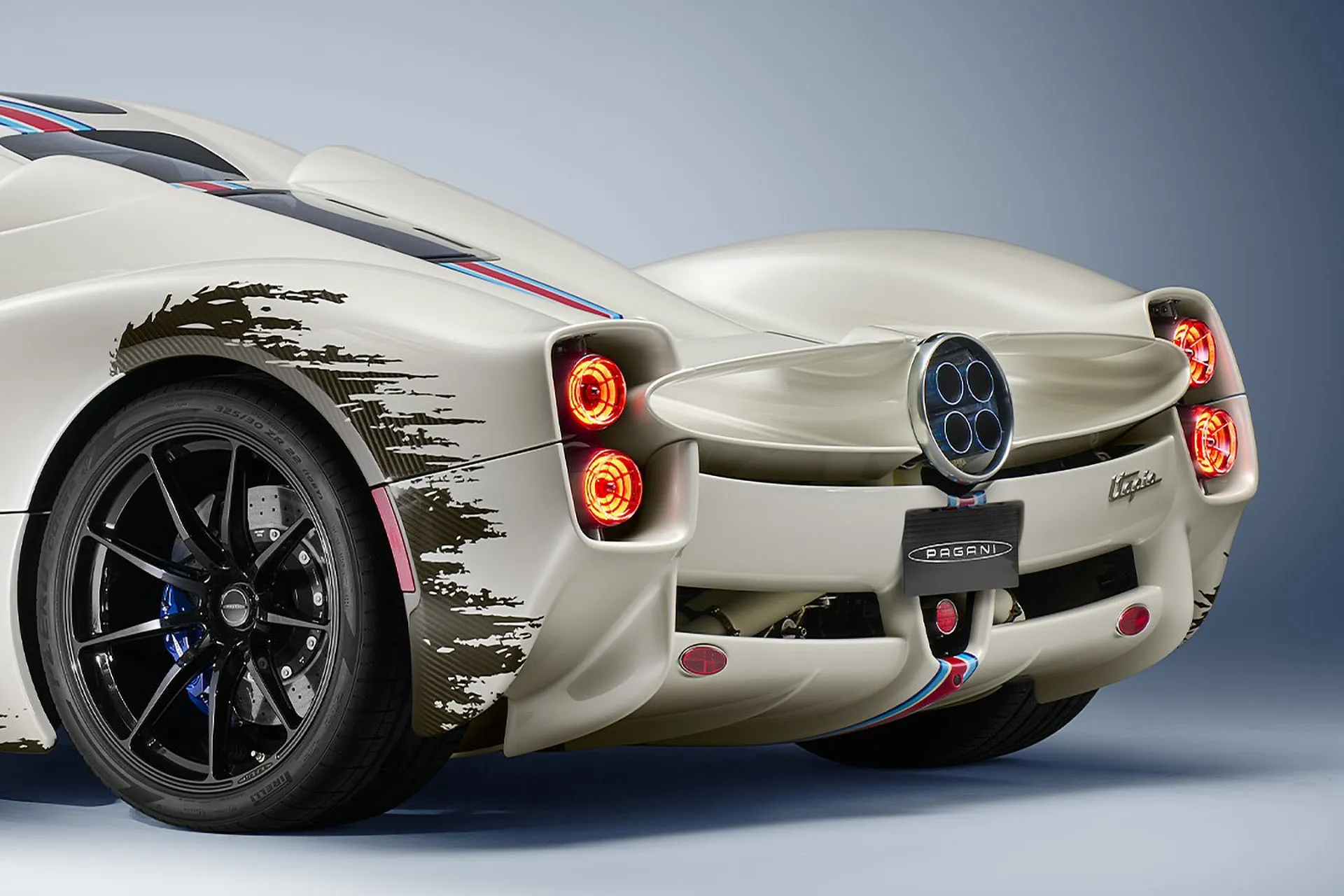
Author: Fabio Isidoro
Founder and editor-in-chief of Canal Carro, he dedicates himself to exploring the automotive universe with depth and passion. A car and technology enthusiast, he produces technical content and in-depth analyses of national and international vehicles, combining quality information with a critical eye for the public.

